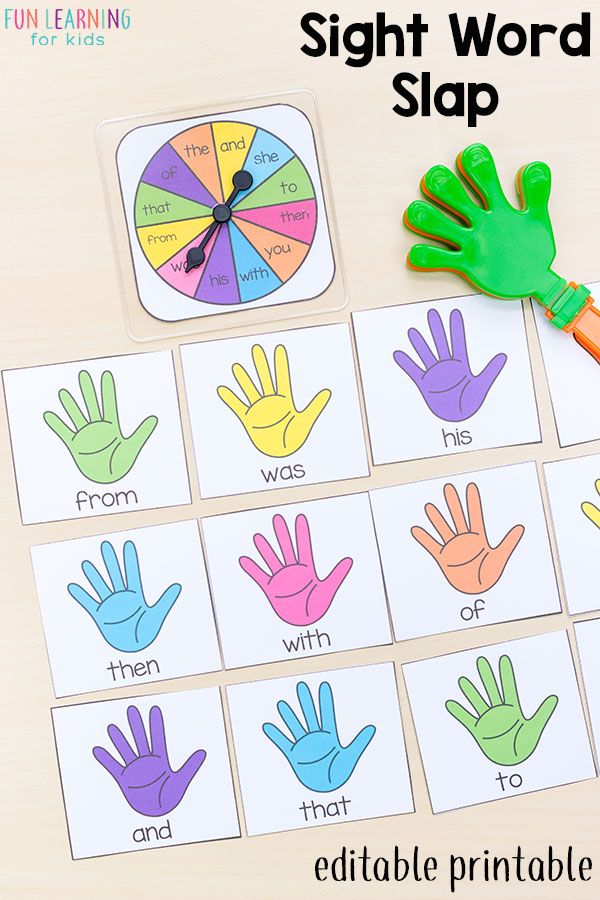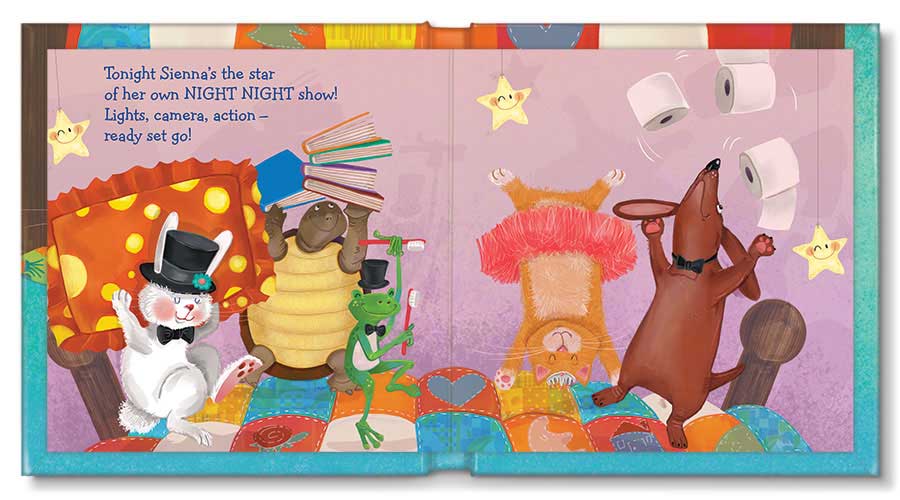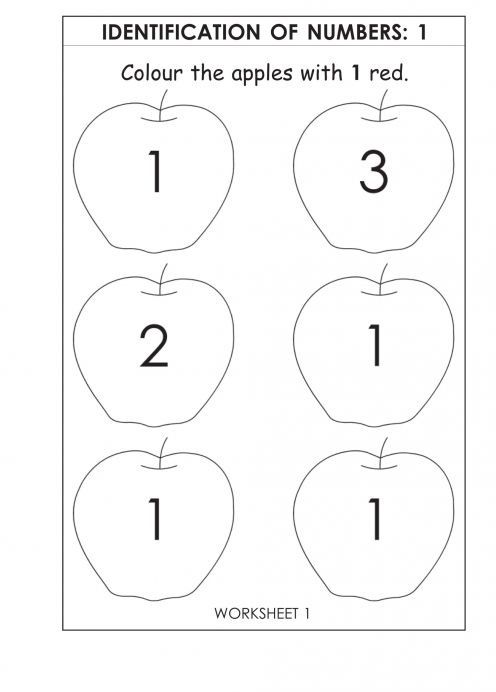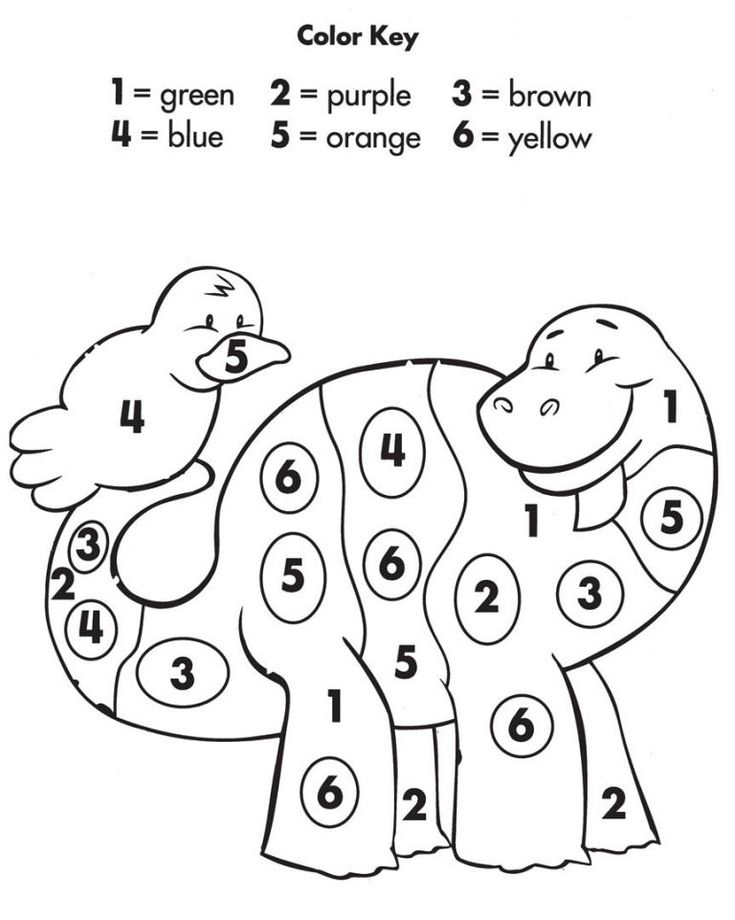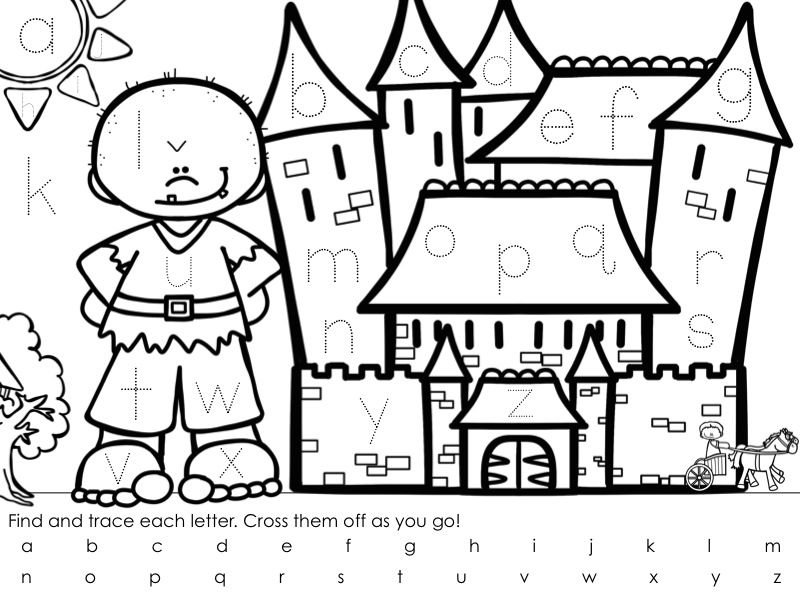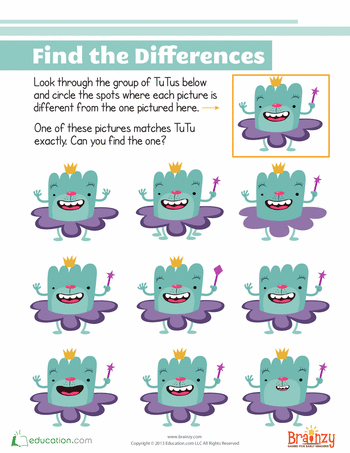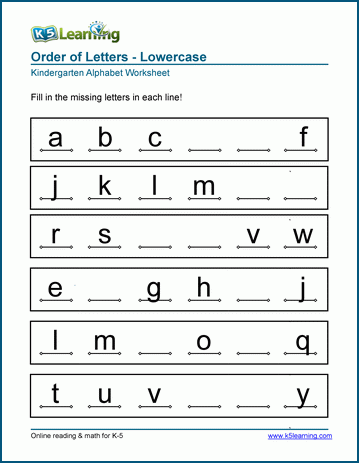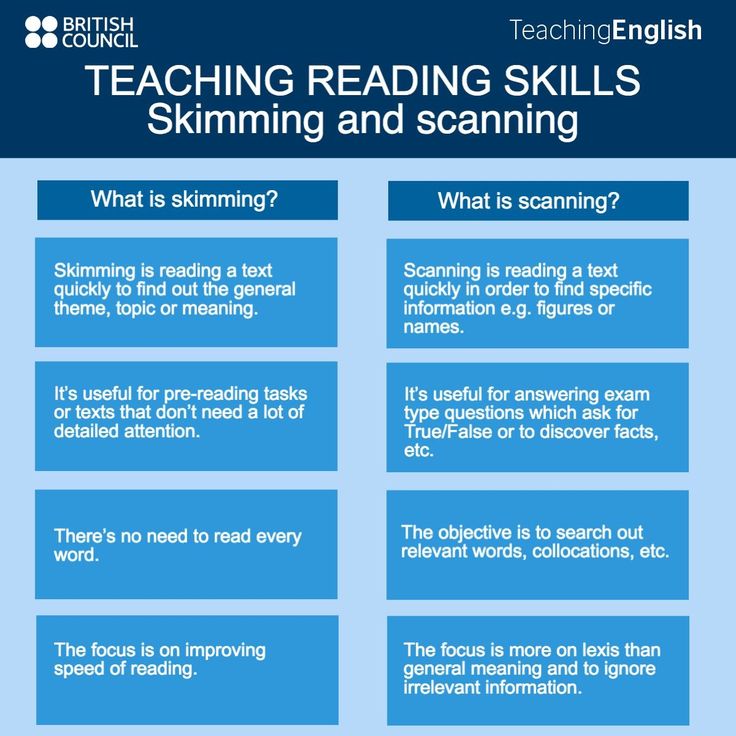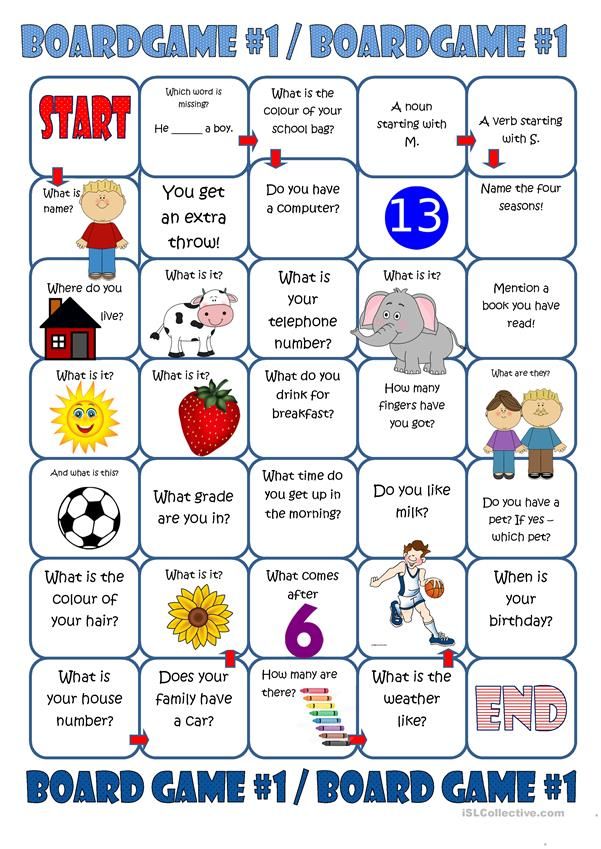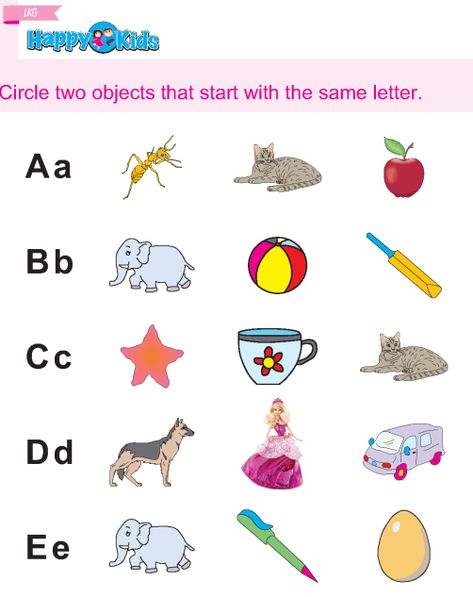Spelling help for children
Does Your Child Struggle With Spelling? Try This Spelling Help For Kids
Children who fall behind classmates in spelling, who forget words easily, or who mix up letters when writing, are children who need special, loving, considerate attention regularly at home to help them overcome their unique learning problems. Forcing an activity on them or making it over-demanding only serves to intensify the child’s negative feelings about it. Here are some suggestions other parents have successfully used to help their children in these areas.
RELATED: Download Our Free Homework Charts!
Develop auditory and vocal skills. Good spellers are usually good readers and good speakers and vice versa. Using the school or local library helps your child develop some of these skills. Restrict the amount of TV he watches. Your child cannot talk back to a television set. Children need to use the language they will be writing. Give your child the opportunity to talk with you.
Experience stories. Let your child write about the things he likes. He can illustrate the stones himself or cut pictures from magazines to illustrate them. Let him write the words without assistance unless he asks for help. Misspelled words can then be used in little games you play with your child. A one-line “story” may be all that he can handle. If so, fine.
Write letters. Corresponding with a friend or relative-or a simple statement at the bottom of a letter you write to someone your child knows-offers him opportunities to spell.
Trace words. This activity helps many children. Have your child sit next to you (or, if young, sit on your lap). Sit so that you can guide his writing hand. Make sure that only his index and middle fingers are extended, and that his eyes are closed. If your child is using manuscript, use that form. Take his hand and print (or write) the word that is confusing to him.
Finger paints are messy, but ever so helpful. Use oilcloth and a large table. Have your child roll up his sleeves and wear an old apron. Let him use both hands to write letters and words, It is a marvelous activity. Just gating the feel of large movements may be sufficient without introducing formal spelling to the activity.
Use oilcloth and a large table. Have your child roll up his sleeves and wear an old apron. Let him use both hands to write letters and words, It is a marvelous activity. Just gating the feel of large movements may be sufficient without introducing formal spelling to the activity.
All kids love codes, so why not encourage your child to decode messages diet you leave for him? Let him make up his own codes for you. You make up one but make sure he has a way to decode it.
If your child is working on a class spelling list and can only remember half of the words, speak to his teacher. Teachers are more than delighted to hear how their students respond to homework. Perhaps the list can be reduced so that your child has fewer words and can learn these more efficiently and comfortably.
Don’t tackle an entire spelling bar in one sitting. Take one-third for example, each evening, to work on with your child. Break the practice into small units. Try fifteen minutes of review when he gets home; fifteen minutes before supper; fifteen minutes after supper.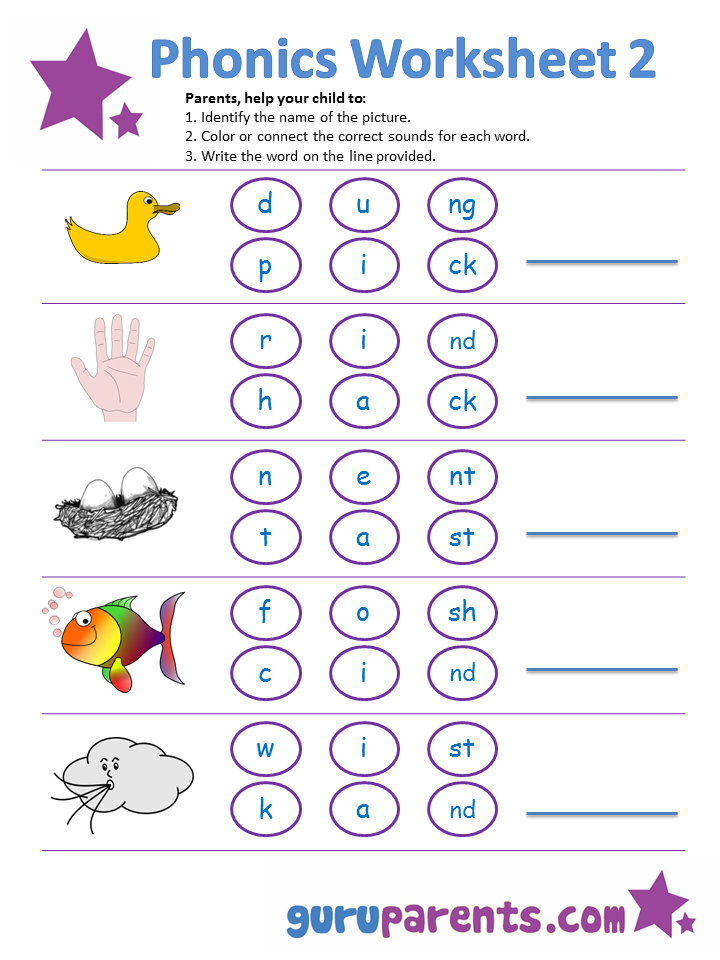 Shorter periods given frequently are more effective than one massive review-which is also exhausting and frustrating.
Shorter periods given frequently are more effective than one massive review-which is also exhausting and frustrating.
Sometimes words on a spelling list can be “clustered” into similarities. For example, you might try attempting all of the five-letter words one day, all the words beginning with consonants the next day, all the words beginning with blends the next day. This kind of grouping will help your child to perceive similarities and differences in the words, and, hence, develop his recall.
An old trick that really works is to have your child practice. Write each of his words, and then draw with a black crayon around each word. Then he can lightly color the shape of the word. This is known as “studying the shape” (or configuration). Just make sure your child uses straight, not curved, lines when he outlines the word.
Before your child starts to silently study his list for that day, let him pronounce each word. Children must know how to properly pronounce a word before they attempt to spell it, If their pronunciation is not correct, they will indeed spell it as they would pronounce it in their own way.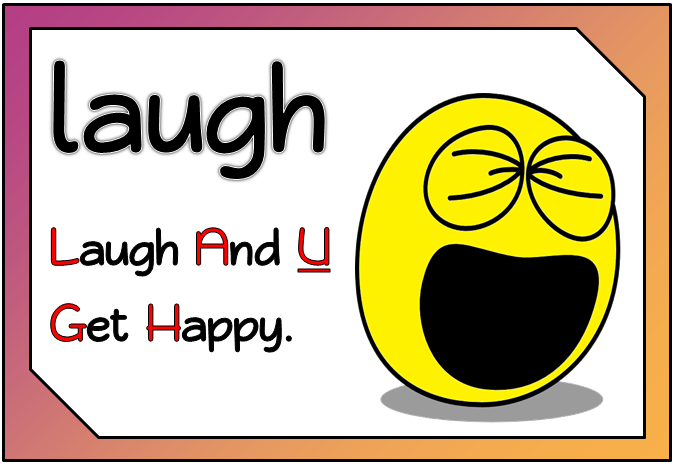 (Also make sure they know what the word means and can use it or understand it when they hear it.)
(Also make sure they know what the word means and can use it or understand it when they hear it.)
To start studying, a child should look at the word, pronounce it, spell it orally as he looks at it, cover it with his hand, and then attempt to spell it or, as he traces it on your kitchen table, letter by letter.
After your child has studied, let’s say five words, in the manner described, spell the words to him, in random order, and have him name the word you spelled.
Invest in a set of plastic magnetic letters that are available at many discount, toy, and variety stores. Let your child spell the word by successively placing the magnetic letters on the magnetic board. You can show him the word, then remove it Have him name each letter as he locates it and places it on the board. This is good for developing the correct order for letters within the words.
Word lists. These can be made using paper available in the house. Print or write the words being studied. Post one copy of the list on die refrigerator, another on the door to your child’s room, and another in the bathroom. Maybe another can go over the TV set. Use a different color crayon for each word-or use a different color for parts of each word regularly confusing your child. For example, if he continues to write “come” as “cum,” use black for the “c” and I’m” but red for the “o” and “e”.
Maybe another can go over the TV set. Use a different color crayon for each word-or use a different color for parts of each word regularly confusing your child. For example, if he continues to write “come” as “cum,” use black for the “c” and I’m” but red for the “o” and “e”.
Put movement into learning words. Have your child clap for each letter or take a step for each letter as he spells the word orally. This will help ” lock in” the correct sequence of letters, as well as develop full recall for the word.
Let your child play teacher. Let him teach you the words he is learning to spell. Spell them orally to him. Let him correct you. Then have him dictate to you and you write them. Have him score your paper. Make a game of it. He’ll know you really know how to spell them, so veil him it’s a game.
Commercial dice with letters rather than numbers. Take turns with your child in tossing them and building words. List the words as they are made. The list can be saved and added to each time you play.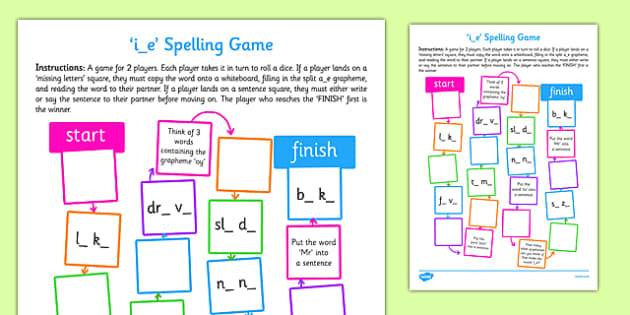 That way be can develop a “reference fist” to use over and over spin to reinforce his recall.
That way be can develop a “reference fist” to use over and over spin to reinforce his recall.
Listening skills do help spelling. “What letter does ‘chart, end with?” What letter does ‘piano’ begin with?” Play these games just for a few moments before supper, or after breakfast to develop your child’s ability to hear sounds in words.
RELATED: Download Our Free Homework Charts!
Rhyming words is another game that can build spelling skills. “Can you think of a word that rhymes with fill?” As your child says hill, Bill, till, and so on, write them down. He’ll soon notice, himself, that they have identical endings.
Remembering. This is a game to develop visual memory. Write one word on a piece of paper. Leave space underneath it. Tell your child to look at it as long as he wants, that is, until he can remember the letters, then have him fold the paper so that he cannot see the word. He is then to try to write the word from memory. Let him check it himself, and if he has misspelled, try again.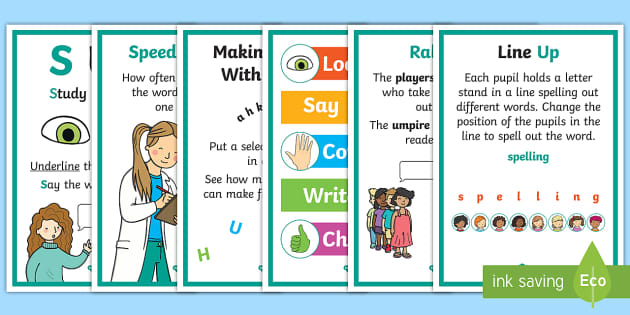
Practice in spelling can come in a variety of ways. For example, you might ask him to help you make a grocery list by looking at the advertisement for a local supermarket You could check the items you want to purchase, and you could ask him to make a list to help you out.
Find the wrong word. Write a short sentence for your child. Tell him that there is one word spelled incorrectly. Ask him to see if he can find it. To begin, make it a rather obviously misspelled word. Leave a letter out, or add an extra letter to a word. Ask him to first read the sentence, then to circle the misspelled word. Then make sure you erase it and write it correctly.
Helping your child at home with spelling requires patience and a non-school-like setting. Don’t try to be a teacher. Be a parent who teaches. Your child wants to please you-he wants your honest, sincere praise. Keep the activities short-and fun, and do them regularly, with variety.
11 Research-Based Spelling Strategies Parents Can Try at Home
Preface: In this article, you will find a variety of fun and engaging ways to implement research-based spelling strategies such as:
- teaching phonemic awareness, (a strategy to help students understand letter-sound correspondence and the individual parts that make up words)
- teaching morphological awareness (understanding/recognizing similar chunks in words, word families, and word parts)
- utilizing the whole-word approach (memorizing the spelling of a word without needing to understand the individual parts that make up the word)
- utilizing the rule-based strategy (teaching explicit spelling rules)
- implementing multi-modal teaching, which allows students to learn information through a variety of modes (e.
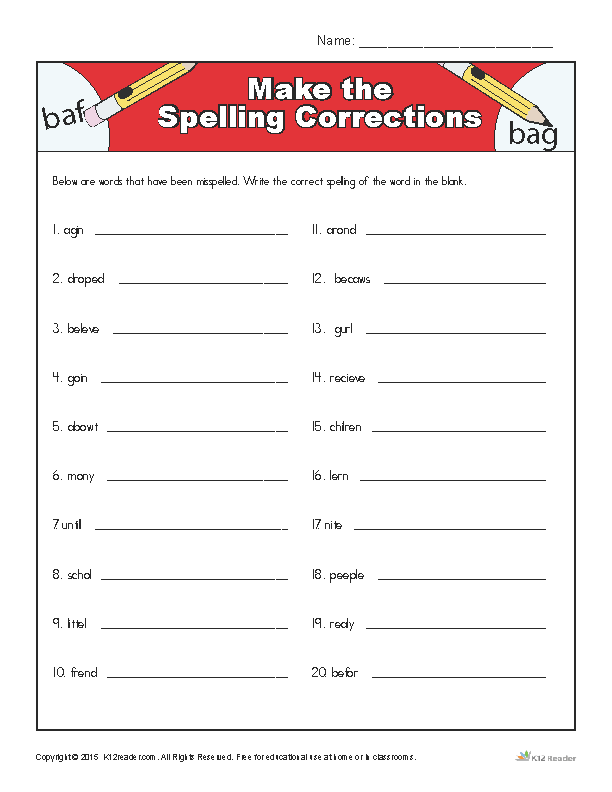 g., seeing, feeling, hearing, creating)
g., seeing, feeling, hearing, creating)
Keep in mind that the strategies in this article are recommendations. Please do not try to pressure a child into using all or any of these strategies. This can lead to frustration which can turn your child off to spelling practice.
Every child is different and you have to examine their level and frustration tolerance when imposing academic tasks. For suggestions on ways to encourage children to complete tasks or assignments they do not want to do, see 3 Ways to Use Timers to Motivate Children and How to Use Schedules to Improve Children’s Behavior.
Common Spelling Mistakes
- Using the wrong consonant (e.g., spelling cat as kat)
- Using the wrong vowel (e.g., spelling seat as seet)
- Leaving out consonants (e.g., spelling kicking as kiking)
- Leaving out a vowel (e.g., spelling plain as plan)
- Writing only one consonant, when a consonant should be doubled (e.
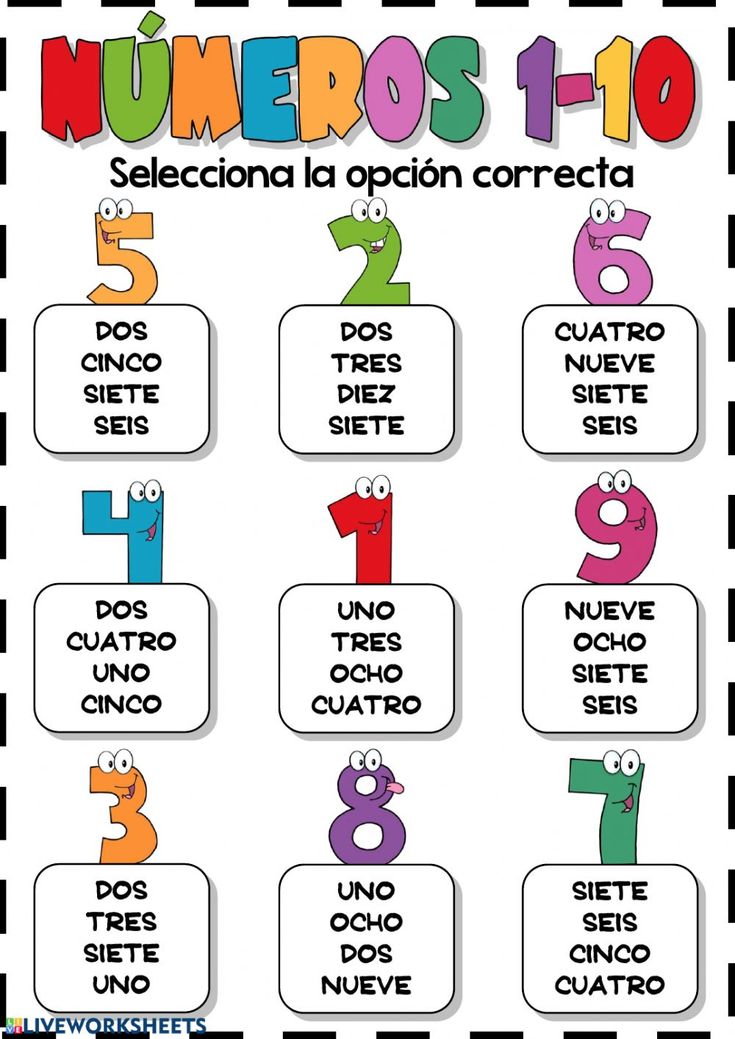 g, spelling butter as buter)
g, spelling butter as buter) - Leaving in an “e” that should be dropped (e.g., spelling riding as rideing)
- Reversing letters (e.g., spelling foil as fiol)
- Leaving out the ”silent e” (e.g., spelling kite as kit)
- Using ys instead of ies (e.g., cherrys instead of cherries)
- Spelling words phonetically when a specific suffix should be used instead (e.g., spelling vacation as vacashin)
- Using an “s” instead of a “c” or a “c” instead of an “s” (e.g., absense instead of absence or offence instead of offense)
- Forgetting rules like “i before e except after c” (e.g., spelling receive as recieve)
While the errors above are the ones I have observed most frequently in my career as a school psychologist, there are many other types of spelling errors a person can make.
11 Research-Based Spelling Strategies
1) Practice phonemic awareness.
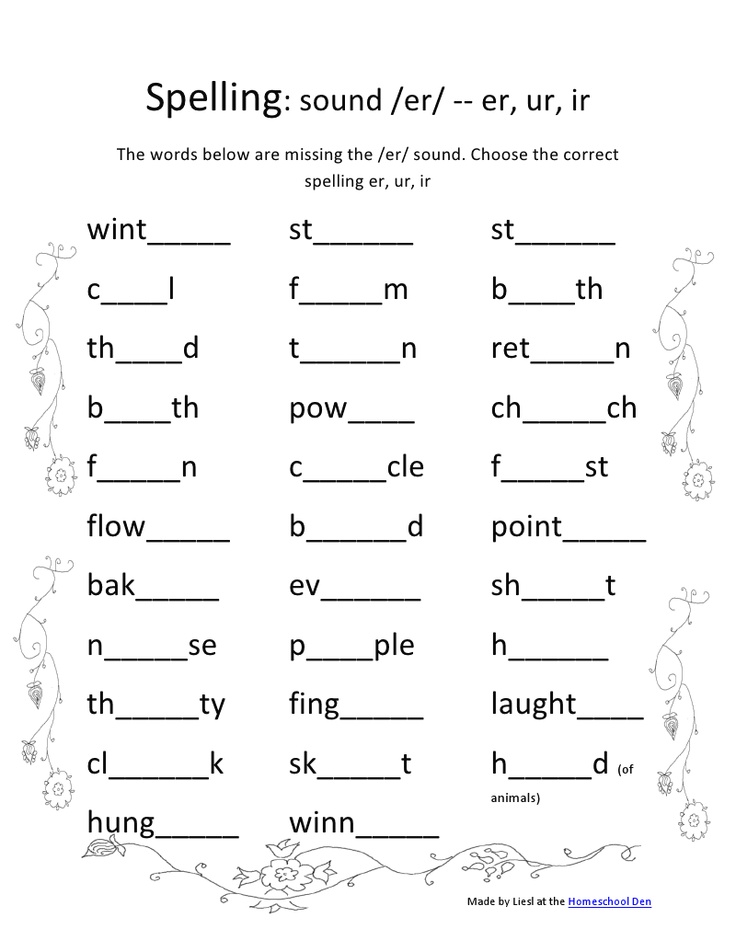
Phonemic awareness is hearing individual sounds in words, and letter sounds.
Let your child hear what it sounds like to break words up into their individual sounds. Show them what happens when you change a sound. For example, say the sounds in pig separately (p-i-g), then say the word. Then say the sounds in big (b-i-g) and say the word.
Put it on paper so they can see the change. Talk about which sounds are different and which sounds are the same. Have your child practice breaking words apart and blending them together.
For more strategies to teach your child or students phonemic awareness and letter sounds, see 10 Fun Activities to Teach Your Child Letter Sounds and How to Teach Phonemic Awareness.
2) Allow beginners to spell phonetically.
When first learning to spell, allow children to spell words exactly as they hear them. Teach them to say each sound in a word and write down the letter or letters that represent each sound, until they have spelled the word.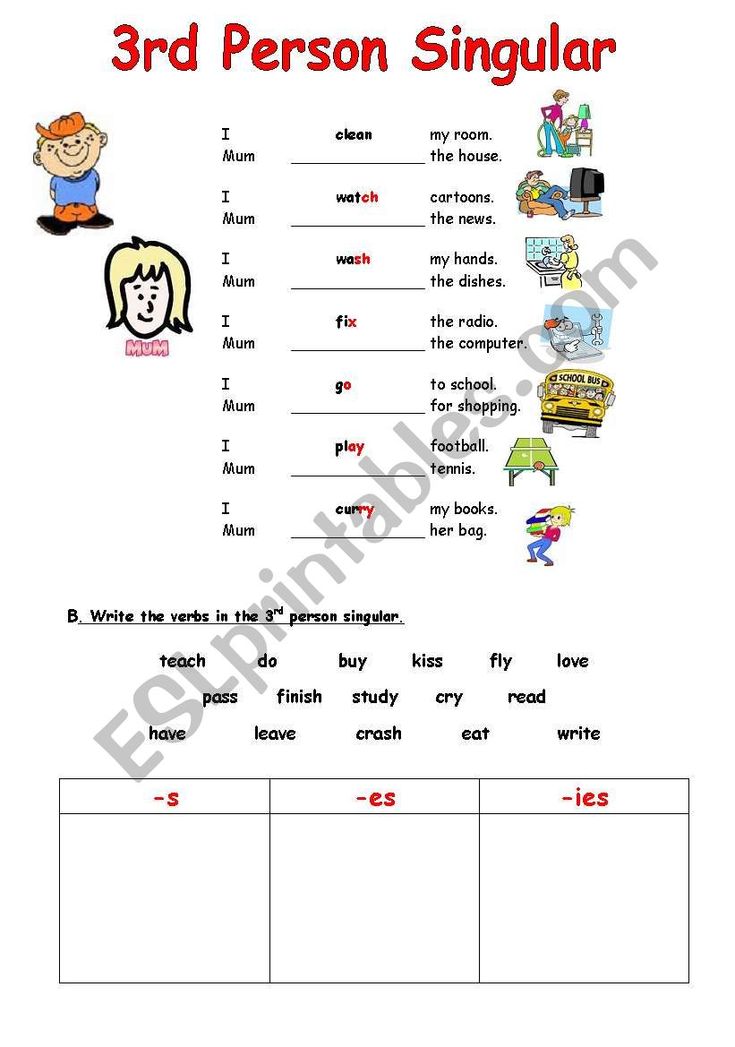
For example, they might spell lemon as l-e-m-i-n. Then review the word with them and talk about which letters they can change to make the word correct (help them figure out the correct replacement letters if needed).
You can practice this several times with different words. Let them rewrite the word the correct way and compare the changes.
For children who have trouble writing, allow them to use magnhttps://amzn.to/3b6LZLOetic letters to create the word, such as the ones below, or allow them to type on the computer if they are able to do so.
Magnetic LettersThey can also create the letters/words out of Play-Doh or Wikki Stix as shown below.
3) Teach children to notice chunks in words.
Chunks are more than one letter together that normally make the same sound (e.g., ch, sh, br, ple, all, ate, at).
Have your child practice writing several words that use the same chunks to establish a sense of word families (groups of words that have a common feature or pattern).
For a fun and effective way to teach sound chunks and spelling, let your children or students practice with the game Didax Chunks: The Incredible Word Building Game.
Great Interactive Spelling Games
4) Practice rhyming words.
Teach children about rhyming words and provide them with several examples. After teaching them how to rhyme, give them a word and ask them to come up with rhyming words.
Once they have the hang of it, encourage them to tell you a word and list several words that rhyme with it. Encourage them to write rhyming words down as well.
Allow them to start with a common word pattern such as “all.” Show them how adding a letter in front of “all” and changing that letter produces a list of several rhyming words (e.g., e.g. all, ball, call, fall, hall, mall, tall, wall).
Again, for children who have trouble writing, try typing, magnetic letters, or creating the words from Playdoh or Wikki Stix.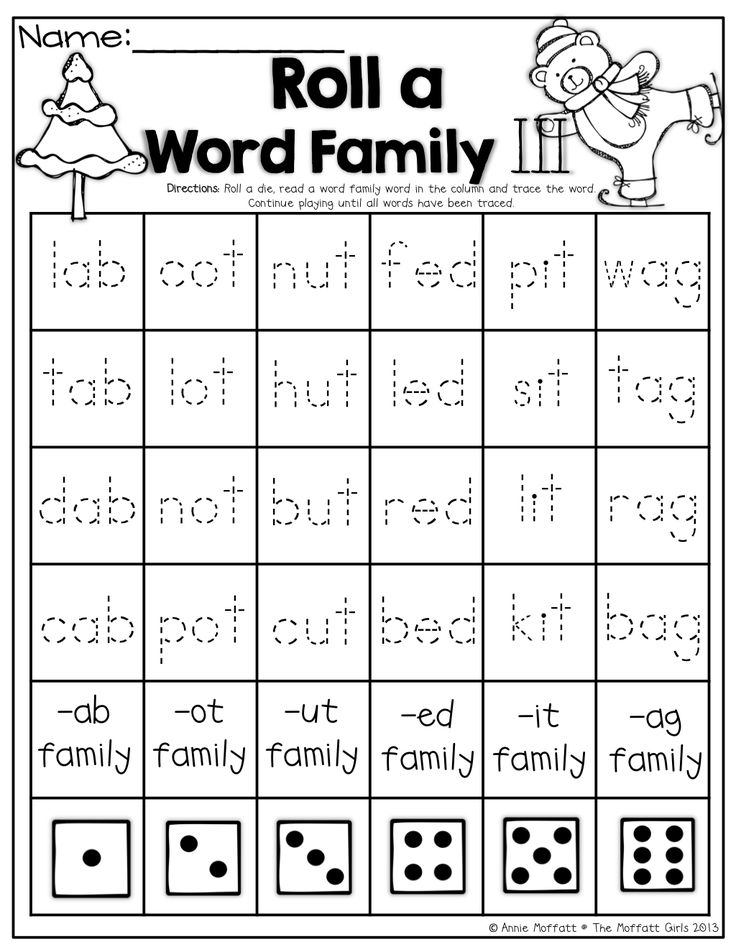
The strategies below are for students who have gotten the hang of phonetic spelling and are ready to or struggling to move to the next level; or for students who are struggling with phonetic spelling and may do better with memorization or rules.
5) Learn spelling rules.
See a list of some common spelling rules below (also known as rule-based strategies).
- Short -Vowel Rule: When a one-syllable word has a vowel in the middle it is usually a short-vowel sound (e.g., hat, set, pit , lot, nut)
- Doubling Consonants: If f, l, or s comes after a vowel, the letter is often doubled (e.g., stuff, call, grass)
- Two-Vowels Together: If two vowels are together, the first vowel usually says its name and the second vowel is not heard (e.g. seat, rain, tie)
- Silent e: When a short word has a vowel, a consonant, and then an “e” or a longer word has that same pattern in the last syllable, the first vowel is usually long and the e is silent (e.
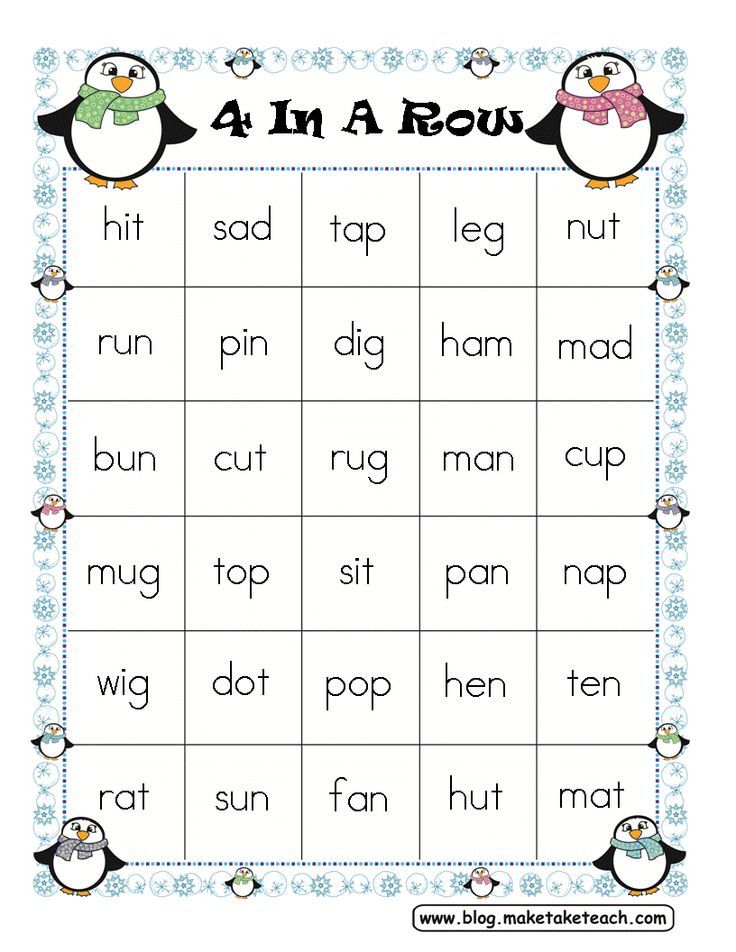 g., cake, kite, vote, mute, meditate, debate)
g., cake, kite, vote, mute, meditate, debate) - y as a long i: When the letter y comes at the end of a short word with no other vowel in the word, it makes a long i sound (e.g., dry, cry, sty, pry)
- y as a long e: When a word has two syllables and the second syllable is composed of only a y or an ey, the y makes a long e sound. (e.g., honey, money, bunny, sunny)
- I before E: The rule is “i before e except after c (e.g., receive, receipt, deceive, conceive) or when sounding like ‘a’ as in neighbor or weigh.”
- Words with “ch”: Use “ch” at the beginning of words (e.g. chair, cheese, chin) and “tch” at the end (e.g., watch, witch, patch)
These are only some of the rules in spelling. You can do a Google Search for common spelling rules to learn more.
Please remember there are always exceptions to spelling rules, meaning that these rules will not apply to every word in the English language.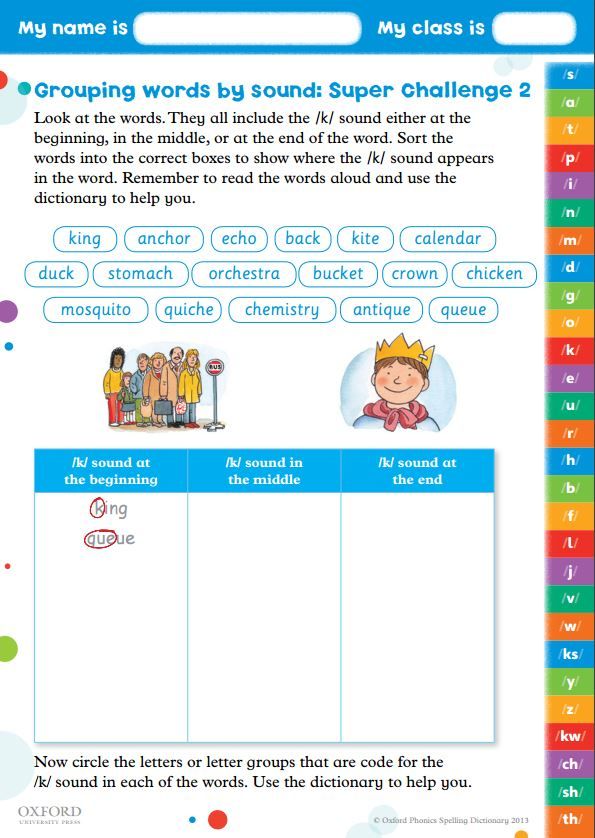
It can also be difficult and cumbersome to remember these rules. Strategies for remembering common spelling rules include the following:
- keep the rules in a place where the child/student can easily refer to them when spelling, such as in his desk or in his notebook
- discuss the rules when reviewing spelling errors with the child (for instance, if you and your child are editing his work and you see he spelled catch as cach, give him a gentle reminder “remember it is “ch” at the beginning of words and “tch” at the end” or have him read and say the rule out loud)
- after reviewing the rule, have him rewrite the word he misspelled
- make flashcards of the rules (you can do this on index cards), with the name of the rule on the front and the definition on the back as shown here.
After creating the flashcards, make a game out of it, to make it more fun for the child. For example, take turns (first you show the front of a flashcard and have your child state the rule.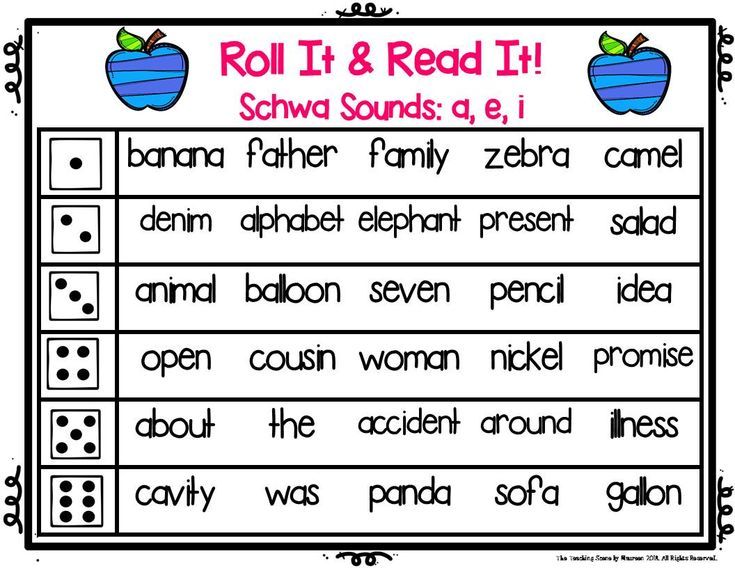 Then have him show a flashcard and you state the rule)
Then have him show a flashcard and you state the rule)
6) Teach children to use an online dictionary.
Use a site like dictionary.com. There your child can type in the word he is unsure of in the search box. If he spells the word wrong, but the spelling is somewhat close, the site will ask “Did you mean _________?”
For example, if you spell “vacashin” in the search box, a question on the bottom of the screen pops up that says “Did you mean vacation?”
7) Teach children to edit their work and use repetition.
Encourage children to review their work carefully and rewrite a word five to ten times when they find a misspelling (ten times is recommended but this may be too much for some children).
It is much easier to notice spelling errors when rereading work, than to notice them the first time around when the mistake is made.
Many times spelling errors get ingrained in one’s memory after repeating the same mistake several times. Writing the word several times in a row helps to retrain the child’s memory.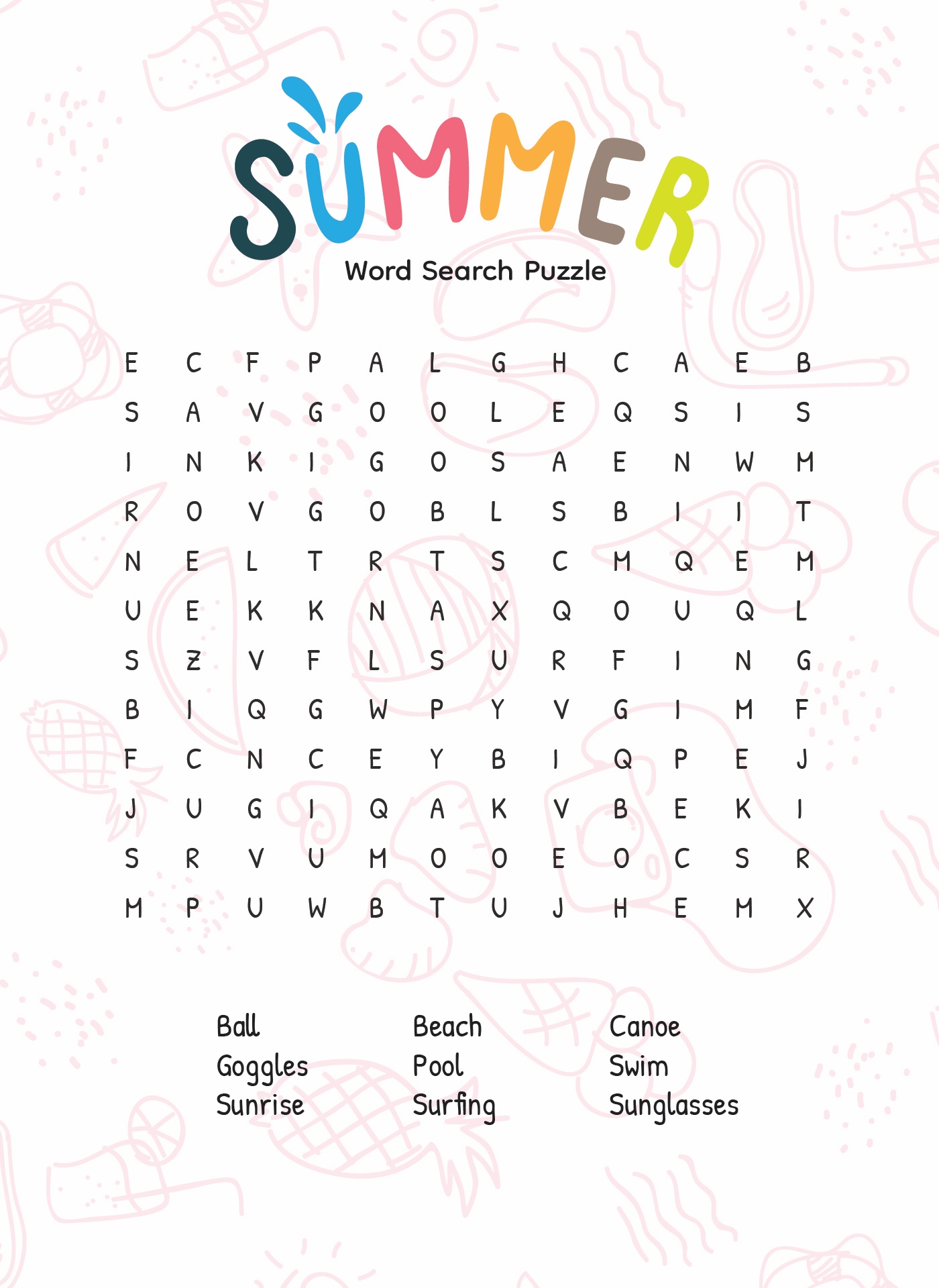
You can try to make repetition more fun by turning it into a game. To do this, take turns with the child. (e.g., have him write the first word 10 times while you watch, then you write the next word 10 times while he watches – or any other turn-taking variation).
Some children are more willing to complete this type of task when they can see a visual of how many times they are expected to write the word. For instance, number the paper 1 to 10. “After you write your words, you can pick a game to play!”
8) Show how different sounds can be represented different ways.
For example, the /k/ sound can be represented with a c as in cat, a k as in kangaroo, a ck as in kick, or a ch as in school.
9) Teach children how to test their spelling.
Create spelling lists or spelling flashcards on index cards. You can create them for your child, with your child, or encourage your child to create them himself.
You can also purchase spelling flashcards or search for free spelling lists on the internet such as the ones at VocabularySpellingCity.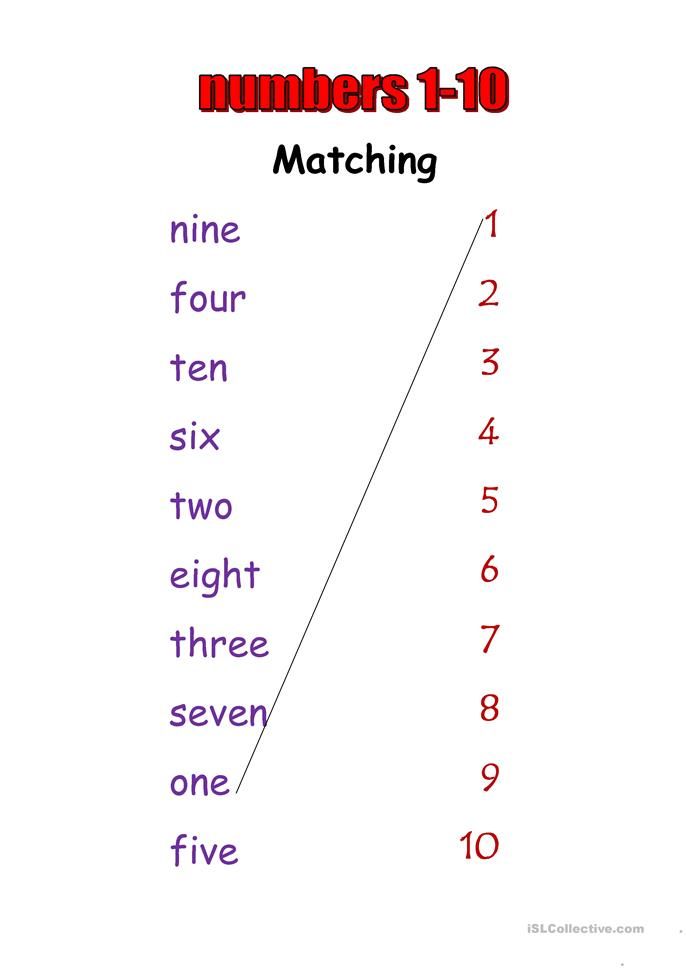 com.
com.
Teach Your Child To Test Their Spelling Using These Four Steps:
1. Look at the word and pay attention to the spelling and what the word looks like
2. Cover up the word with his hand or turn the flashcard around.
3. Visualize the word in his mind, and then spell the word aloud, in his mind, or on paper
4. Check the flashcard or list to ensure his spelling was correct. You can show your child an example of how to do this and then let him practice on his own.
10) Allow children to replace and change letters.
You can use a dry erase board or chalkboard.
For an activity, try writing a word but leaving some letters blank (have your child fill in the missing letters-providing them with guidance as needed).
For example, for the word table you could write (t a b _ e) and have him/her try to fill in the missing letter.
As your child improves, you can make it more challenging. If your child has trouble thinking of the missing letter, try giving a choice of three letters to choose from.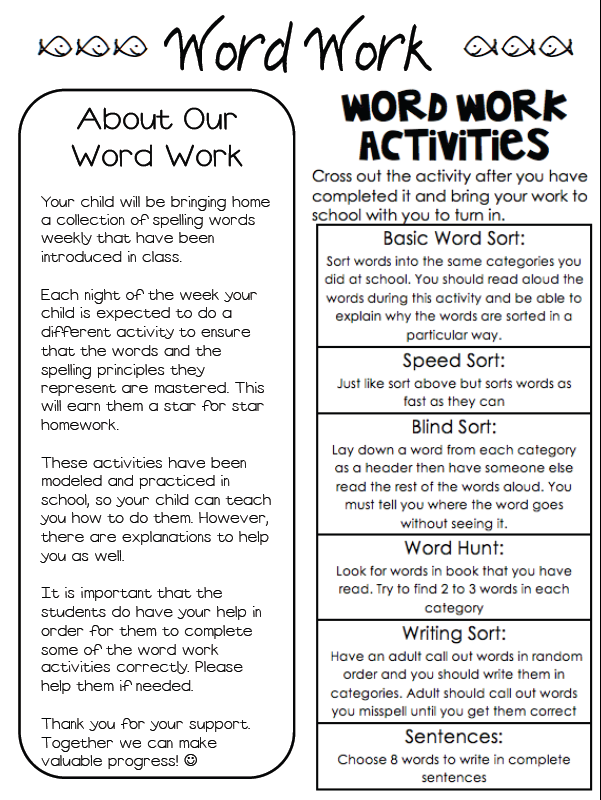
As an alternative to a dry erase or chalkboard, you can put sand in a sand tray (you can place the sand in a shallow baking pan for a tray). See an example of writing in sand below.
or in shaving cream or whip cream (as shown below)
Just like with a dry erase or chalkboard, this will allow students to write and rewrite words, make corrections, replace letters, fill in missing letters, etc.
11) Use a tablet or device.
There are several spelling apps that allow children to have fun while learning to spell or improve their spelling skills.
Also, some children who are resistant to traditional writing are sometimes willing to write on a tablet. They can write with their finger or with a Stylus such as the one shown below.
If pen/pencil grip is a concern, see How to Help Your Child with Handwriting and Pencil Grip.
Additional Tips to Improve Spelling:
Read with your child and encourage your child to read as much as possible.

When you come across a word with a certain pattern or rule, you can point out the word to your child/students and reiterate the rule.
For example, if you see the word vacation you can remind your child that many words that end with a “shin” sound are spelled with the suffix “tion” such as creation, medication, or fiction.
If you see the word “cat” you can remind your child that several three-letter words end with “at” such as bat, hat, and, mat. Teach your child to try to pay attention to these types of patterns when reading.
Use spelling workbooks
Keep in mind that every child is different.
Some respond to several strategies, others respond to a few, while others may not respond to any of these strategies.
If your child is significantly struggling with spelling or acquiring other academic skills, despite consistent practice and guidance, talk to your child’s school and/or doctor.
They should be able to refer you to the appropriate professionals to determine what might be interfering with your child’s progress and what additional strategies might help.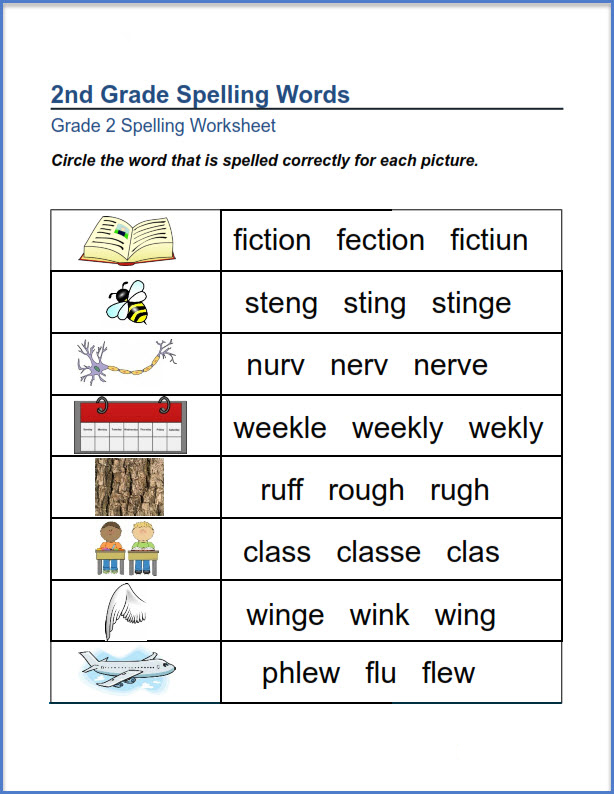
Remember to always stay calm when working with a child or student, even if you think they should be getting something that they are not getting.
If you get frustrated with them, they may start to feel anxious, angry, inferior, stupid, etc. which will lead to a less productive learning session.
Keep practice sessions short (5 to 10 minutes for younger children or children who get easily frustrated and 10 to 15 minutes for older children or children who can work for longer periods without frustration), unless the child is eager to keep going.
It would really make my day if you could comment below after trying some of these strategies with a child or student. I would love to hear if you enjoyed doing the activity together and what you found most helpful.
An image of you and/or your child or student(s) completing some of these activities together would be a beautiful addition to the site so feel free to share pictures or videos if you are comfortable.
For questions contact rachelwise@educationandbehavior.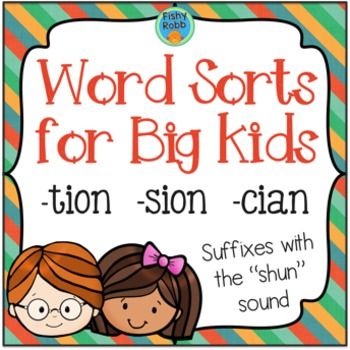 com.
com.
You Might Also Like: How to Study Spelling Words: A Spelling Strategy for Students by Reading Rockets
Video Presentation (musical/illustrated)
Narrated Video Presentation
Education and Behavior – Keeping Us on the Same Page for Children
Rachel Wise
Rachel Wise is the author and founder of Education and Behavior. Rachel created Education and Behavior in 2014 for adults to have an easy way to access research-based information to support children in the areas of learning, behavior, and social-emotional development.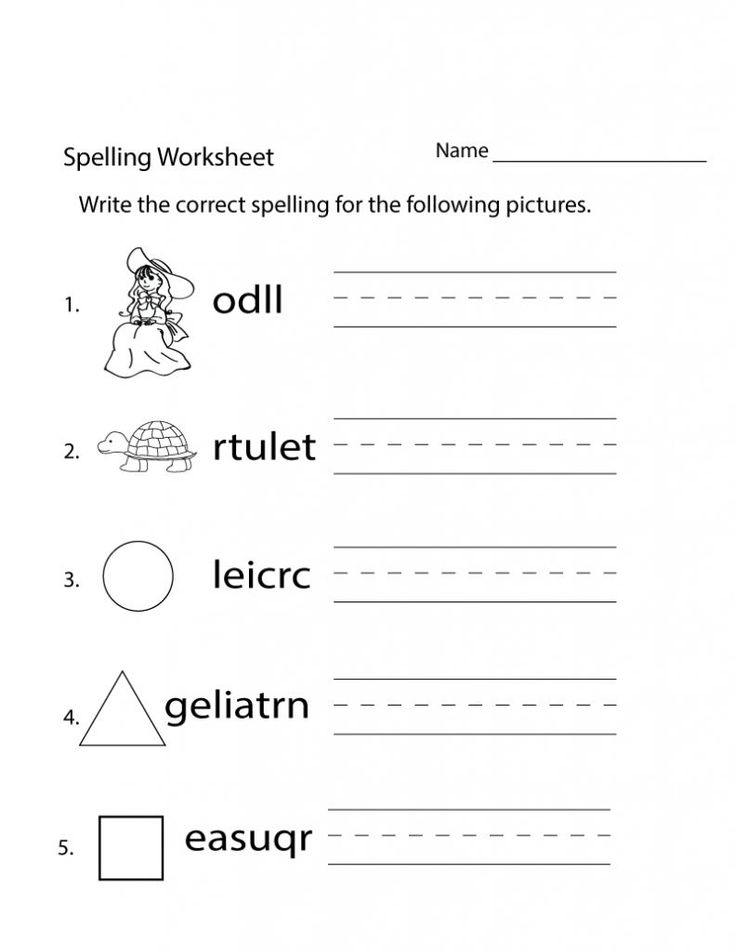 As a survivor of abuse, neglect, and bullying, Rachel slipped through the cracks of her school and community. Education and Behavior hopes to play a role in preventing that from happening to other children. Rachel is also the author of Building Confidence and Improving Behavior in Children: A Guide for Parents and Teachers.
As a survivor of abuse, neglect, and bullying, Rachel slipped through the cracks of her school and community. Education and Behavior hopes to play a role in preventing that from happening to other children. Rachel is also the author of Building Confidence and Improving Behavior in Children: A Guide for Parents and Teachers.
“Children do best when there is consistency within and across settings (i.e., home, school, community). Education and Behavior allows us to maintain that consistency.”
www.educationandbehavior.com
How to teach a child to write without mistakes: we train in writing dictations
It would seem that in the age of high technology dominance, the ability to write correctly and express one's thoughts will disappear as unnecessary. But even the most perfect computer program cannot always recognize an error in the text and construct a sentence correctly.
Therefore, it was and remains important and necessary to know the rules of the Russian language and the ability to apply them in practice.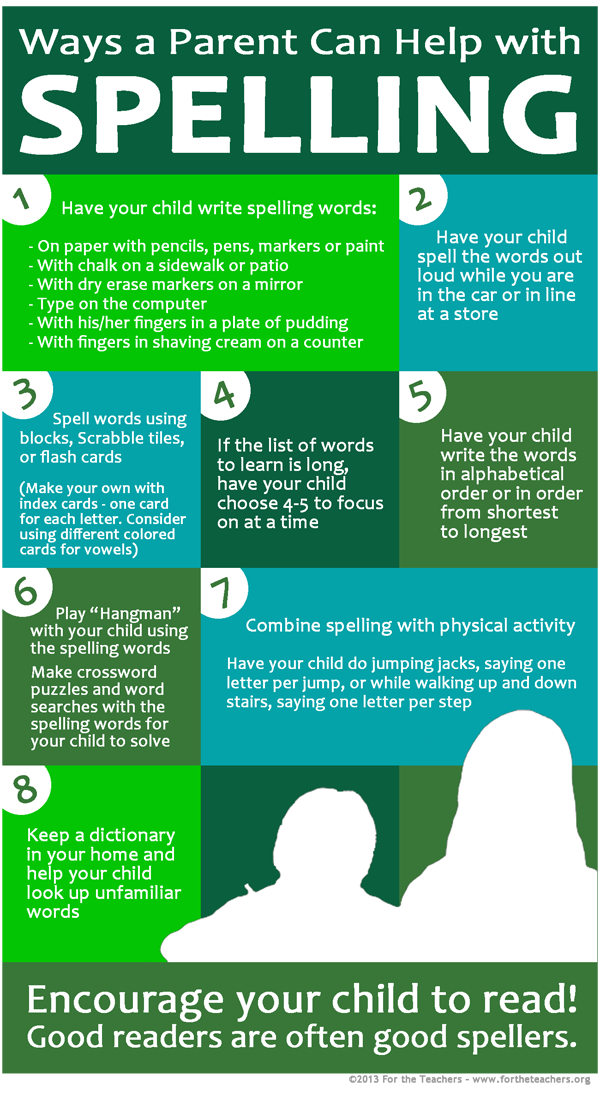
But what if the child constantly writes with errors? And is it possible for an adult to learn literate writing? You will learn how to teach a child to write without errors in this article. nine0003
Prostock-studio/Shutterstock.com
Content:
- Causes of writing errors in children
- What is dysgraphia?
- How to write a dictation correctly: the secrets of teachers
- Learning to write without mistakes
- Advice for elementary school students and their parents
- How to help a middle school child?
- Competent writing among high school students and adults: is it possible to learn?
Causes of errors in writing in children
Teachers complain that with the popularity of gadgets, children have forgotten how to correctly write dictations and essays. In fact, the problem is not only this.
Let's try to figure out why not all children manage to write words without mistakes.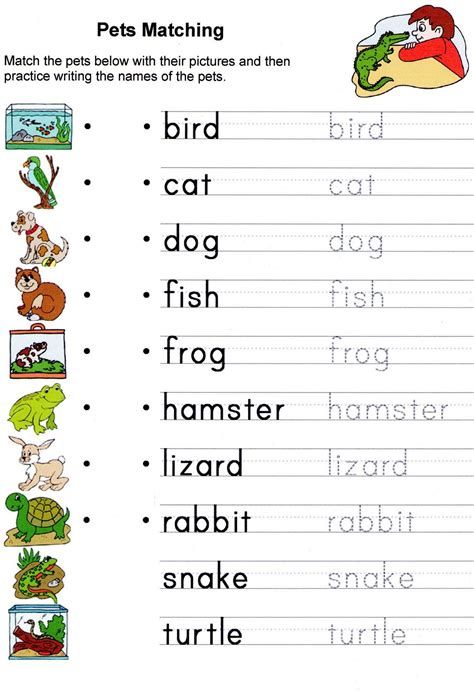
The reasons may be:
Ignorance of the rules
Often a child makes mistakes if he does not know how certain words are spelled correctly.
The Russian language has rules that require the traditional spelling of words, regardless of pronunciation. For example, "zhi-shi" write with the letter "and", "ca-cha" write with the letter "a". nine0003
Also, do not forget about the rule for selecting test words and dictionary words, the spelling of which you just need to remember.
If a child does not have enough knowledge of these rules and does not remember the correct spelling of words, then mistakes in writing are inevitable.
Fatigue
Prostock-studio/Shutterstock.com
Missing letters or misspellings of words also occur due to the child's fatigue, fatigue and malaise. Attention becomes distracted, and the student makes a mistake even in those words with the spelling of which he is perfectly familiar. nine0003
Read also About school workloads: how to prevent overwork in a child?
Fear of bad grades
The child is afraid of getting a bad grade for a dictation or an essay.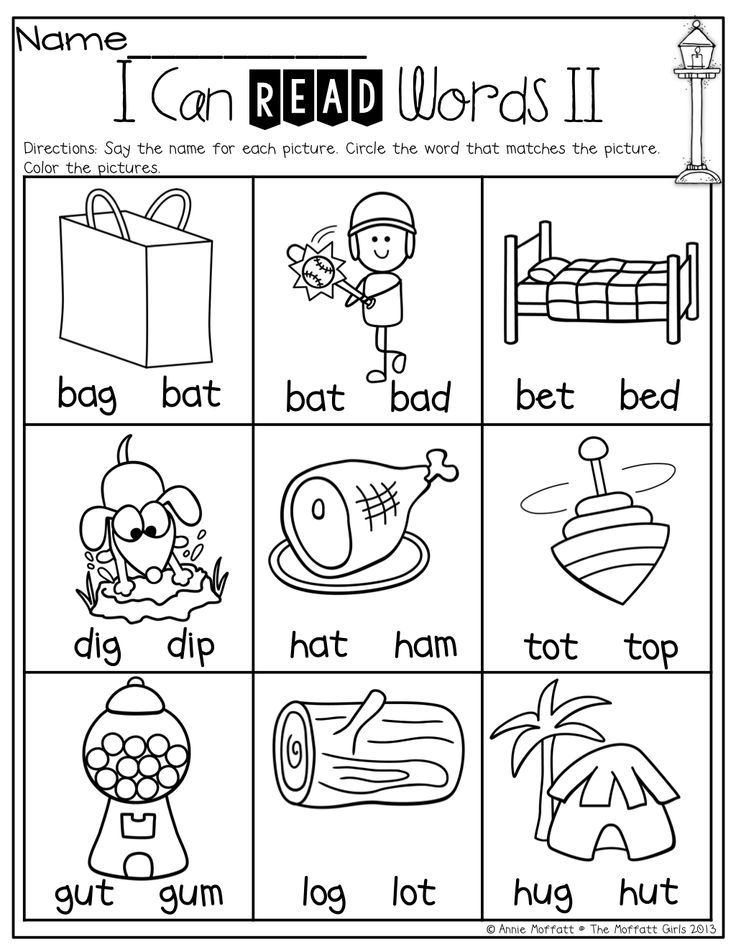 Unable to concentrate on the task, distracted. And he definitely makes a mistake: he does not add words, he rearranges syllables in places.
Unable to concentrate on the task, distracted. And he definitely makes a mistake: he does not add words, he rearranges syllables in places.
The appearance of such a fear is often associated with the fact that parents are too strict with the child's academic performance.
Specific problems
These include left-handedness, including retrained, as well as bilingualism in the family. All this contributes to the fact that the child may have problems with the correct spelling of words. nine0003
Dysgraphia
Often mistakes in writing are due to the fact that the child suffers from dysgraphia.
Learn more about this violation in the next section.
What is dysgraphia?
Prostock-studio/Shutterstock.com
Dysgraphia is a writing disorder characterized by persistent and repetitive errors. Dysgraphia is associated with the underdevelopment of certain areas of the brain. Therefore, the child does not possess the skills of speech analysis and synthesis. nine0003
nine0003
According to 2018 data, about 37% of Russian schoolchildren suffer from dysgraphia.
What errors indicate dysgraphia:
- omissions of letters and whole syllables in words;
- adding extra letters to words;
- substitutions for letters that are similar in spelling;
- mirror image of letters;
- continuous spelling of words;
- incorrect word agreement;
- illegible handwriting.
A speech therapist and a neurologist deal with the correction of this disorder. In difficult cases, drug therapy is also used. nine0003
How to write a dictation correctly: the secrets of teachers
Prostock-studio/Shutterstock.com
Many parents are concerned about the question - how to teach a child to write dictations without mistakes? After all, dictation texts begin to be given to students already in elementary school.
Teachers reveal the secrets of successful dictation writing.
Secret #1. Develop fine motor skills, train your fingers
Modeling, appliqué, finger games are useful. They contribute to the development of the skill of beautiful and accurate writing. nine0003
Secret #2. Regularity is important
To learn something, you need to practice this action as often as possible. This applies to both driving a car, playing a musical instrument, and the ability to write correctly.
Make it a rule to write two dictations a week with your child. Repeat difficult words for him 2-3 times.
Do not focus on misspellings by underlining errors with red ink. It is better to put the difficult word in the dictionary and repeat the rule with the child, which will help to write this word correctly. nine0003
Secret #3. Properly designed workplace
The place where the child learns lessons should be well lit and equipped with the necessary furniture.
It is also important to teach your son or daughter how to sit at a table with a straight back and hold a notebook at a 45 degree angle.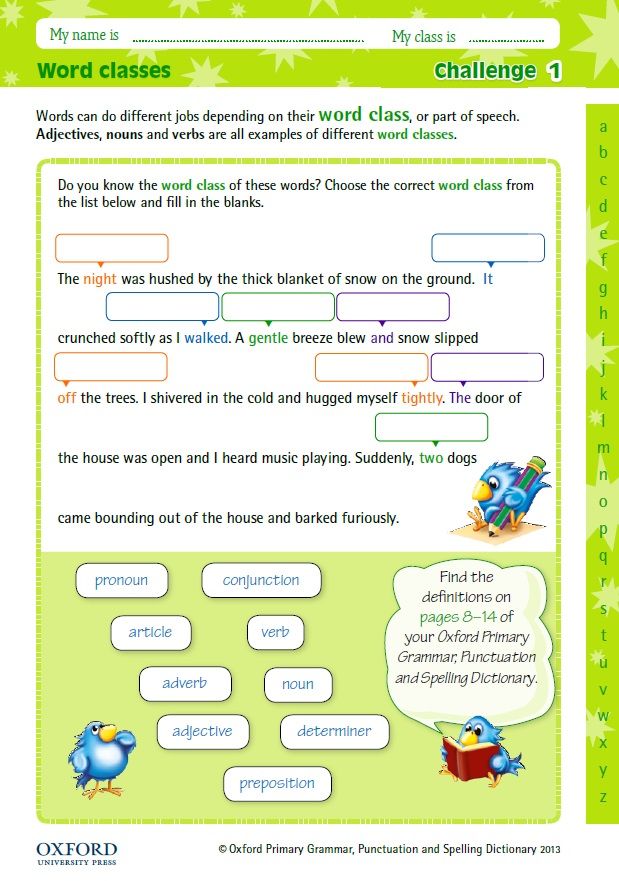
If the child sits in an uncomfortable position, there is excessive muscle tension, which leads to rapid fatigue.
Find out more about the proper organization of the workspace for a student of any grade. nine0003
Secret #4. Reading aloud
Prostock-studio/Shutterstock.com
It is recommended to start reading fairy tales, nursery rhymes, nursery rhymes to your child from early childhood. When he learns to read on his own, ask him to read each word as it is spelled so that he remembers the correct spelling. Let him pronounce all the words from the text clearly and distinctly.
After that, you can proceed to reading as we speak.
Children also like it when their parents read roles with them with a certain intonation that matches the character's character. nine0003
Secret #5. Teaching through passion
Any, even the most complex material, is easier to learn through play.
It will be useful to play at school, where the child appears both as a student and as a teacher.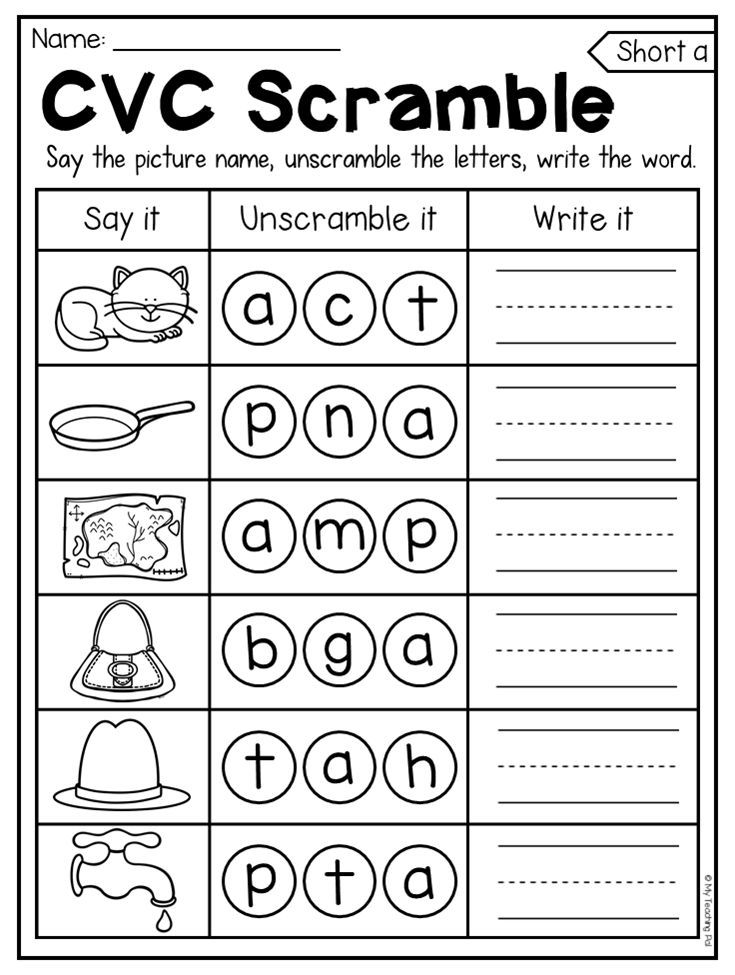 Let him try to conduct a dictation for his parents himself and check for mistakes.
Let him try to conduct a dictation for his parents himself and check for mistakes.
Secret #6. Listen carefully
Explain to your child the rules for writing dictations:
- Pay attention to the pauses when the teacher reads the text.
- Do not start writing until the sentence has been read to the end. nine0016
- Don't cheat from your neighbor. He may be wrong himself.
- When you write a compound word, say it out loud in syllables.
- Don't rush to turn in your notebook. Check your work carefully again.
When sending your child to school, take care not only of his readiness, but also of safety. Purchase a children's GPS watch or install the Find My Kids app on your phone. With their help, you can check how your child's lessons are going, whether peers or teachers offend him at school. And if a student walks to school on his own, you can see which route he takes (and assess his safety) and where he is at the moment.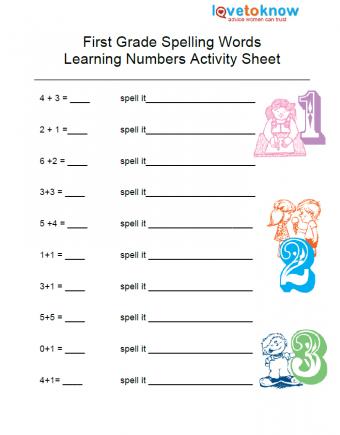 nine0003
nine0003
Learning to write without mistakes
Prostock-studio/Shutterstock.com
Tips for elementary school students and their parents
Proper motivation
The child must understand why he needs good writing. A competently writing and speaking person always commands respect from others. Moreover, these skills are sure to come in handy in business life. Yes, and a regular SMS message is more pleasant to read when it does not contain grammatical errors.
Education in the form of a game
As we have already said, it is easier for a preschooler, like a primary school student, to memorize the material if it is presented in a playful way. The following games will be useful:
1. Find and mark
The child is offered a text in which, for example, you need to circle the letter “l” and cross out the letter “a”.
2. Echo
Adult reads the word. The task of the child is to reproduce the ending of this word.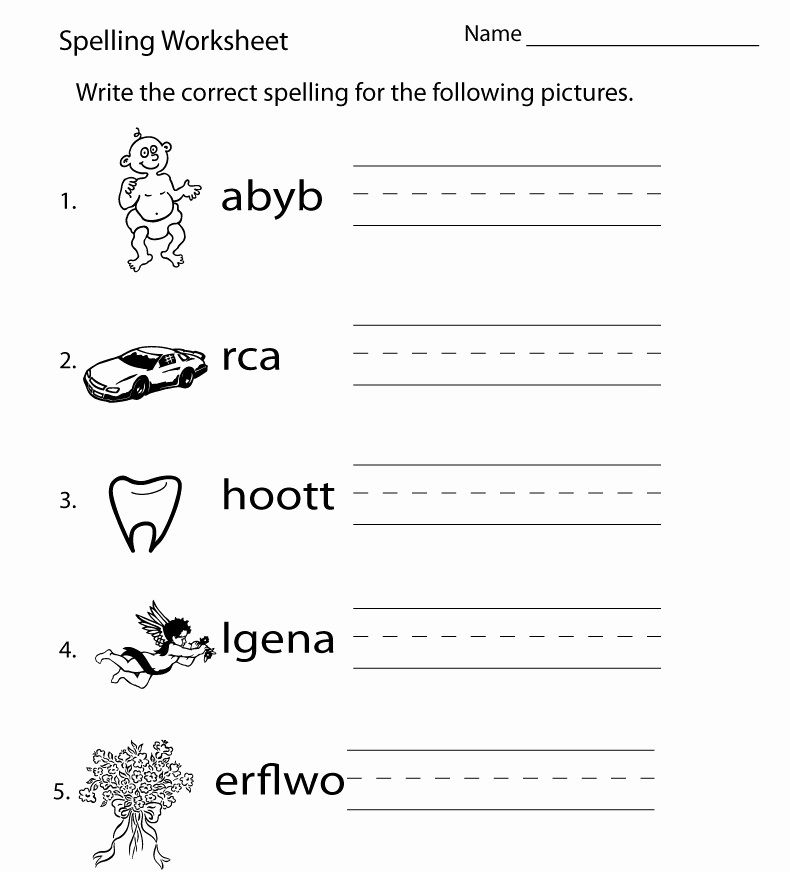 Then write it in a notebook and highlight the ending with a special sign. nine0003
Then write it in a notebook and highlight the ending with a special sign. nine0003
3. Find the word
The child is offered a text in which you need to find a word according to certain characteristics. For example, all words beginning with the letter "c" or all words ending in the letter "a".
4. Write a word
Prostock-studio/Shutterstock.com
Mom or dad lays out cards with letters in front of the child. The task of the child is to make a word out of them. It is better to start with simple words: “house”, “garden”, then move on to more complex ones: “hello”, “desk”, “chest of drawers”, etc. If the child finds it difficult to complete the task, he is given only the letters that make up the desired word. nine0003
You can make the game more difficult: write the name of your favorite fruit or sweet from the letters. In this case, the child chooses the word himself.
These and other games will help schoolchildren learn to write even the most difficult words carefully and without mistakes.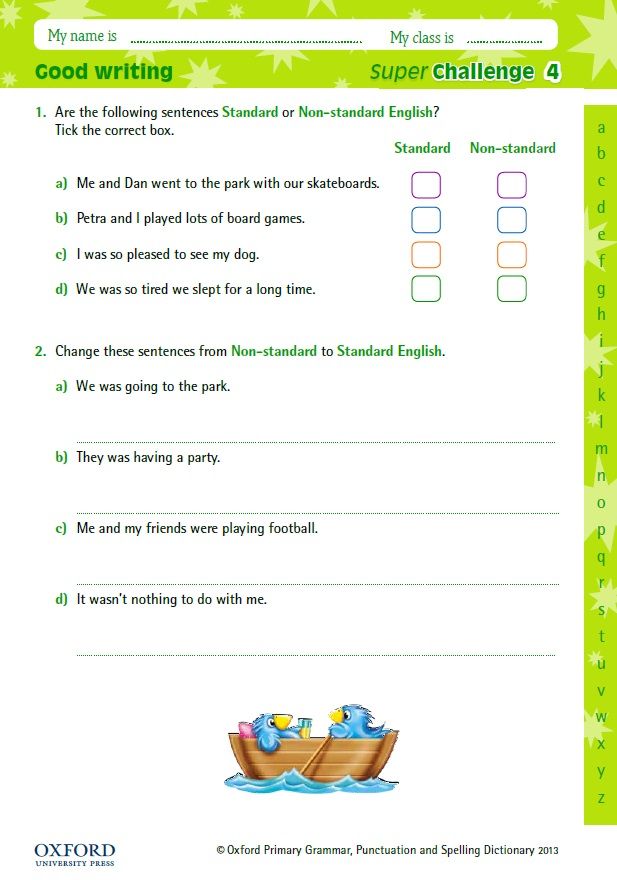
Don't forget about physiology
You don't have to force your child to sit at the table for hours and achieve even calligraphic handwriting. Otherwise, classes will turn into torture for him. 20-30 minutes a day devoted to the development of literate writing is enough for a primary school student. nine0003
Also find out what to do if your child does not want to study and do homework.
How to help a middle school child?
Prostock-studio/Shutterstock.com
If your child hasn't developed good writing skills after elementary school, then it is necessary to continue this work in middle school.
The following exercises will help students:
Find the mistake
The parent writes a text with errors in those words, the spelling of which the child cannot remember in any way. The child's task is to find a misspelled word and remember the rule that should be followed when writing this word. nine0003
Dictionary of compound words
It is necessary for recording vocabulary words and words in which the child constantly makes mistakes. An adult dictates words from it first, and then sentences with these words, checking the spelling.
An adult dictates words from it first, and then sentences with these words, checking the spelling.
Life hack: find the right motivation for student learning. Together come up with a desired goal for which the child will save by completing certain tasks from the parent. The Find My Kids app and the new Kids Tasks feature help make this happen! nine0003
Make up a sentence
The child is given cards with words, from which he must make a sentence and write it in a notebook. An adult checks the correct spelling of words and literacy of the text.
Missing words
The child picks up the missing words. For example: “It melts in the spring ...., they run ...., they fly in from the south ....”
Make a word
The same exercise as for elementary grades, but with more difficult words. For example, terms from any area (recycling, abbreviation, dissimilation, and others). nine0003
Compose a crossword puzzle
A child composes a crossword puzzle for parents on a specific topic, for example, based on the works of A.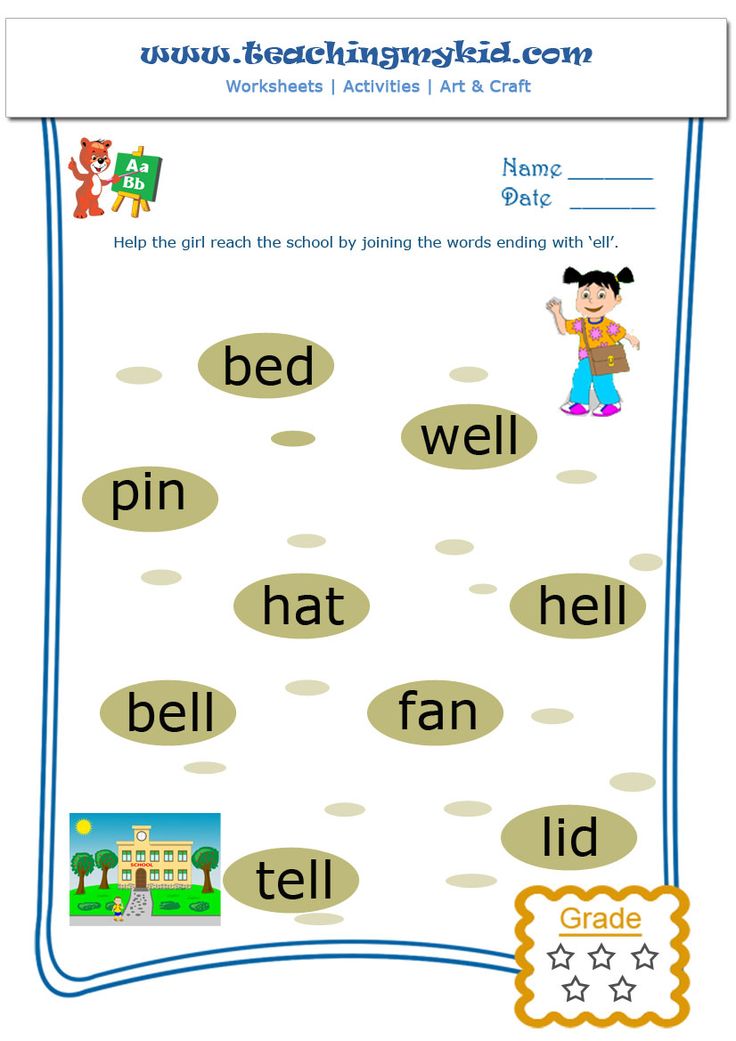 S. Pushkin, and for him they are from words that are difficult to spell.
S. Pushkin, and for him they are from words that are difficult to spell.
Competent writing among high school students and adults: is it possible to learn?
Prostock-studio/Shutterstock.com
There is an opinion that if a child does not learn to write correctly from the first grade, then this skill will remain unattainable for him in the future.
But experts say that this is not so. Writing beautifully and without mistakes can be learned at any age. nine0003
Tips for high school students and adults to achieve good writing:
- Be patient
If you really want to learn how to write correctly, it will take time and desire, as well as perseverance in achieving the goal. Classes should be regular. It is better if they take place at the same time. So your brain will quickly get used to the need to improve writing.
- Get in the habit of using a spelling dictionary if you don't know the correct spelling of a word
- Read a lot and enjoy it
Reading develops attention and visual memory.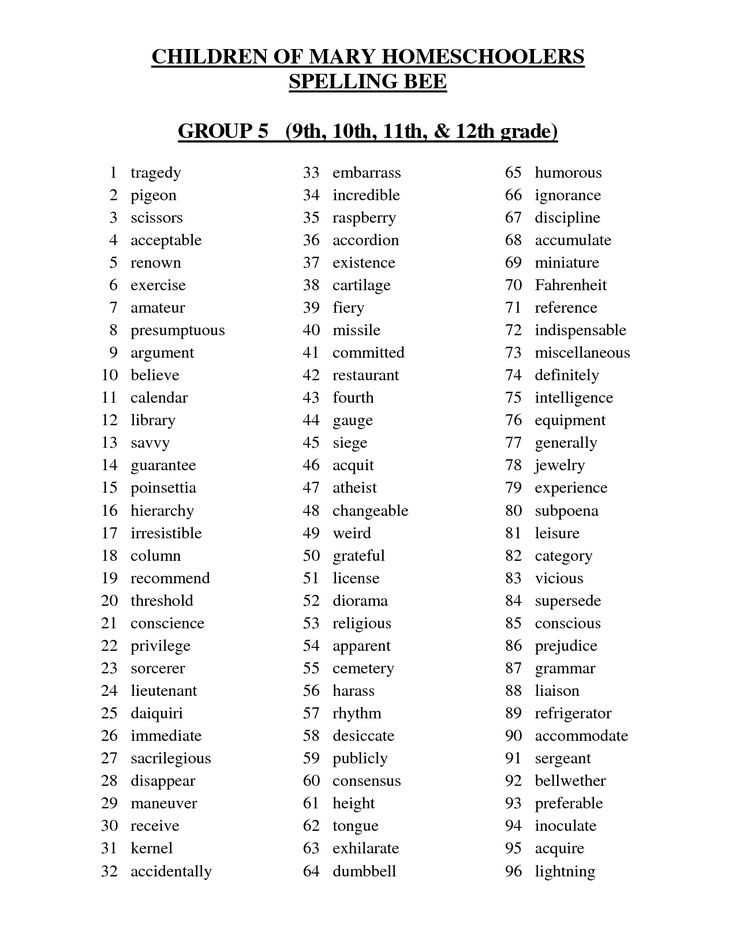 When reading a text, you unconsciously memorize the correct spelling of words, including complex ones. And if at the same time you also pronounce it, motor memory is included in the matter. Choose books that suit your interests, but it is better to give preference to the classics.
When reading a text, you unconsciously memorize the correct spelling of words, including complex ones. And if at the same time you also pronounce it, motor memory is included in the matter. Choose books that suit your interests, but it is better to give preference to the classics.
Prostock-studio/Shutterstock.com
- Copy your favorite expressions, quotes from the book
The more the better. Pay attention not only to the correct spelling of words, but also to punctuation marks.
- Learning poetry by heart also contributes to the development of literate speech
- It will not be superfluous if you involve a friend, girlfriend, husband or wife in classes
You can even arrange a competition "Who will write more texts without errors?"
- Create your own difficult words dictionary and write down words whose spelling is difficult for you to remember. And periodically reread them
- Repeat those rules of the Russian language that you forgot from the school curriculum
- If self-study does not benefit you, use the services of tutors
You can learn to write correctly and without mistakes at any age, both for a child and an adult.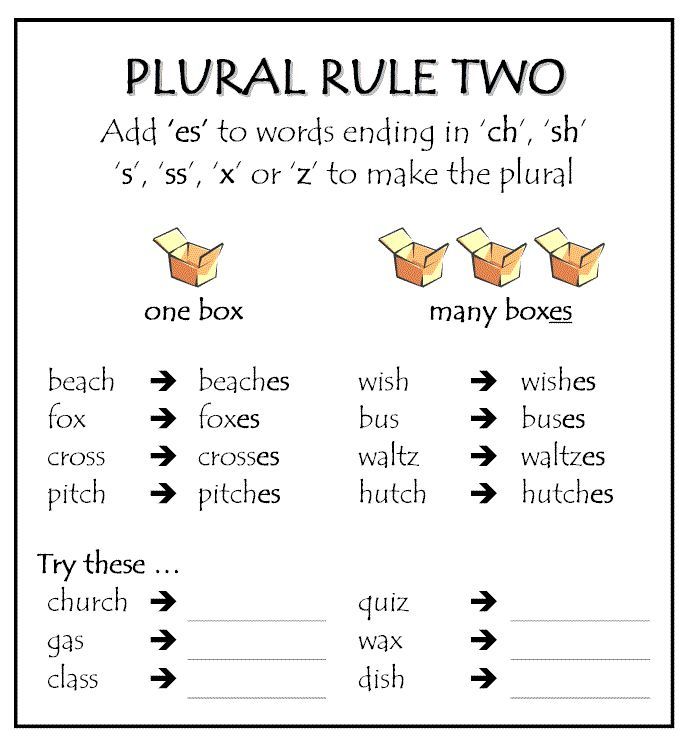 The main thing is to make the necessary efforts for this and not be afraid of difficulties!
The main thing is to make the necessary efforts for this and not be afraid of difficulties!
Read also:
- The child does not want to study and do homework: what should parents do?
- The most important thing about school holidays 2020-2021: dates, dates and possible changes
- How to stop being nervous and scolding a child during a DD?
Please rate the article
This is very important to us
Article rating: 5 / 5. Votes count: 6
There are no ratings yet. Rate first!
Receive a school preparation checklist to your mail
Letter sent!
Check e-mail
Read online “Grammar First Aid Kit. Emergency help in spelling, Maria Gankina - LitRes
© Genesis Publishing House, 2010
* * *
Introduction native language grammar).
The author of the book, Maria Gankina, is not only a practicing language teacher, for many years she led the section "Direction of the lesson" in the newspaper "First of September".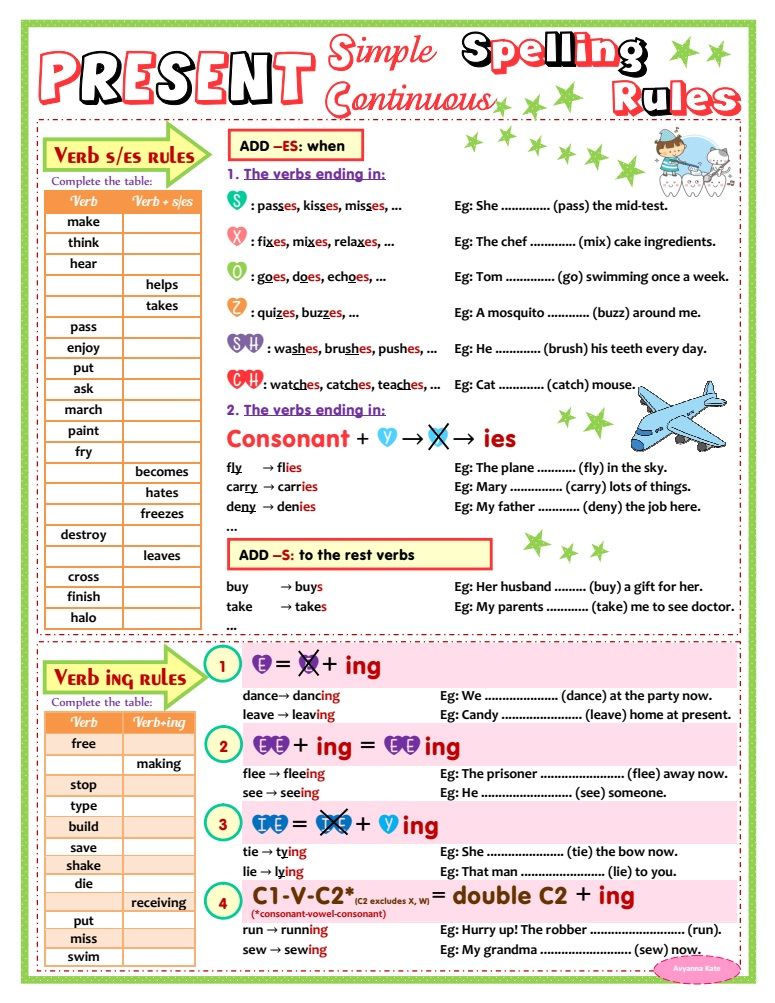 Therefore, the "First Aid Kit" is not just an original method for improving the level of literate writing, but also offers the teacher a wide variety of "director's" solutions - ways to organize a particular task, game methods of questioning and tests, types of homework, ways to develop language intuition. nine0003
Therefore, the "First Aid Kit" is not just an original method for improving the level of literate writing, but also offers the teacher a wide variety of "director's" solutions - ways to organize a particular task, game methods of questioning and tests, types of homework, ways to develop language intuition. nine0003
In addition, the book is supplied with didactic materials and workbooks on the Russian language. Being a kind of simulators, they allow students to "get their hands on it" in competent writing.
The book not only suggests what means can be used to transform the development of native literature (almost the most problematic course in the school curriculum), but can be a good reason for the personal creativity of any teacher in any subject. We hope that it will help you create a creative atmosphere of cooperation, search, discovery and surprise in your lessons. nine0003
About the ironic "methodical prose" by Maria Gankina
The book "Grammar First Aid Kit" is fun and practical.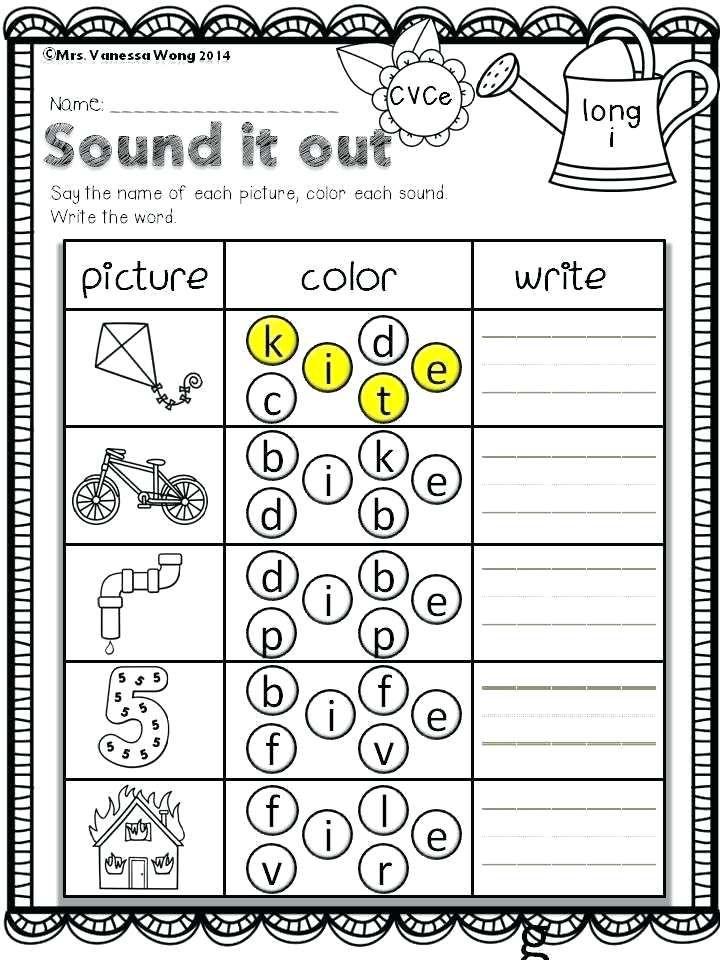 And at the same time - some kind of calmly thoughtful. As if tailored in full accordance with the author's pedagogical credo: “I want my children to treat the world calmly and reasonably. And it would be nice - with humor.
And at the same time - some kind of calmly thoughtful. As if tailored in full accordance with the author's pedagogical credo: “I want my children to treat the world calmly and reasonably. And it would be nice - with humor.
"First Aid Kit" is dedicated to the secrets of processing the simplest cornerstones in the development of Russian grammar - those on which most students usually break their relationship with their native language. nine0003
Behind the simplicity and familiarity of the subject matter, behind the kaleidoscopic and generally accessible witty solutions, behind their outward lightness, the reader will rather feel than realize a single binding semantic context.
But this context is perhaps the deepest and most serious domestic pedagogical tradition, the tiny facets of which will flash before the reader on all the pages of this book.
Two decades ago, Masha Gankina, a mathematical linguist with a university education, unexpectedly continued her family's centuries-old teacher's chronicle.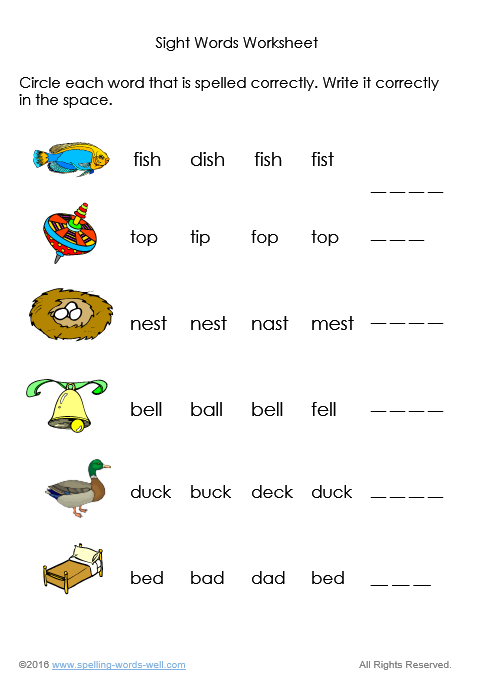 And just as inadvertently she was drawn into a special cultural tradition of Russian pedagogy. nine0003
And just as inadvertently she was drawn into a special cultural tradition of Russian pedagogy. nine0003
This tradition proceeds from the recognition of the fact that the Russian language is not one of the subjects at school, not something external to a person, but a part of him, with the help of which he breathes, cries, acts, experiences. And the lessons of the native language should be devoted not to learning the rules and exceptions, but to working with the meanings and means of their expression.
Such a tradition stretches from the lectures of the twenties of Academician A. M. Peshkovsky, from the experiments of his (almost the only one who survived the war) student, the legendary Moscow teacher V. N. Protopopov, from the great modern scientist Evgeny Shuleshko, who created such a system of education in elementary school, where there are no lagging behind and losers; from Lydia Filyakina, the first of the “Shuleshkin teachers”, from Alexandra Ershova and Vyacheslav Bukatov, the developers of the socio-playing style of teaching, the heirs of the Stanislavsky theater school, who turned its wealth to help teachers. nine0003
nine0003
“Literacy is, first of all, a respectful attitude to one's preferences, choices, intentions. This recognition of a worthy role in the perception of the traditions of their people, involvement in the heritage of their culture. And at the same time, the recognition of such equal human dignity for all other literate people, ”Yevgeny Shuleshko once defined.
Such a solemn style is not characteristic of the ironic "methodological prose" of Maria Gankina. But it is precisely this idea that is embodied by her methodical moves, linking the riddles of language with the research life of children and adults in the classroom, feeding the living efforts of children to understand themselves and each other. nine0003
Maria Gankina is both the heir to the tradition and its pioneer. Not only in the sense that each "Shuleshka teacher" always goes through his own special path of professional development. But the experiments of Maria Vladimirovna and her colleague, another young talented teacher Sergei Plakhotnikov, were also the “first shoots”, the first breakthroughs in the teenage classes of those ideas of “Shuleshkin”, “peer-age”, “intuitive-figurative”, “socio-playing” pedagogy, which before additions were practiced almost exclusively in elementary school.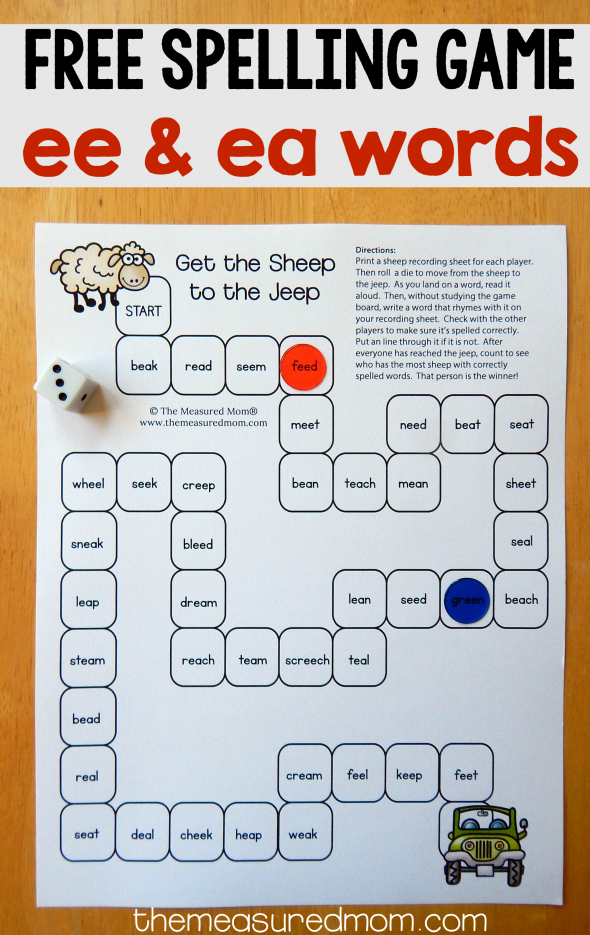 nine0003
nine0003
“The fullness of the day of study life, according to E. Shuleshko's definition, is the novelty of living one's expectations and skills fulfilled, noticed, recognized by others. Finding each other's abilities is the business of children. But the teacher, as it were, detects this discovery and does not allow it to slip fleetingly, publicly draws attention to it and emphasizes its significance.
Maria Gankina used to act out this key idea of her pedagogical tradition first in her work with children, and then in her articles and books, presenting the most familiar educational things in the most unexpected light. After all, it is the shade of unusualness and mystery that equalizes the adult and the child, supporting in both of them the spirit of trust and initiative search. nine0003
It is characteristic of the "Shuleshka" pedagogical tradition that a specific technique is valued no less than theoretical principles. So in this book, each of the discussed didactic techniques can be considered as that knot, “concentration”, a key event around which the entirety of a child’s life in a lesson can spin.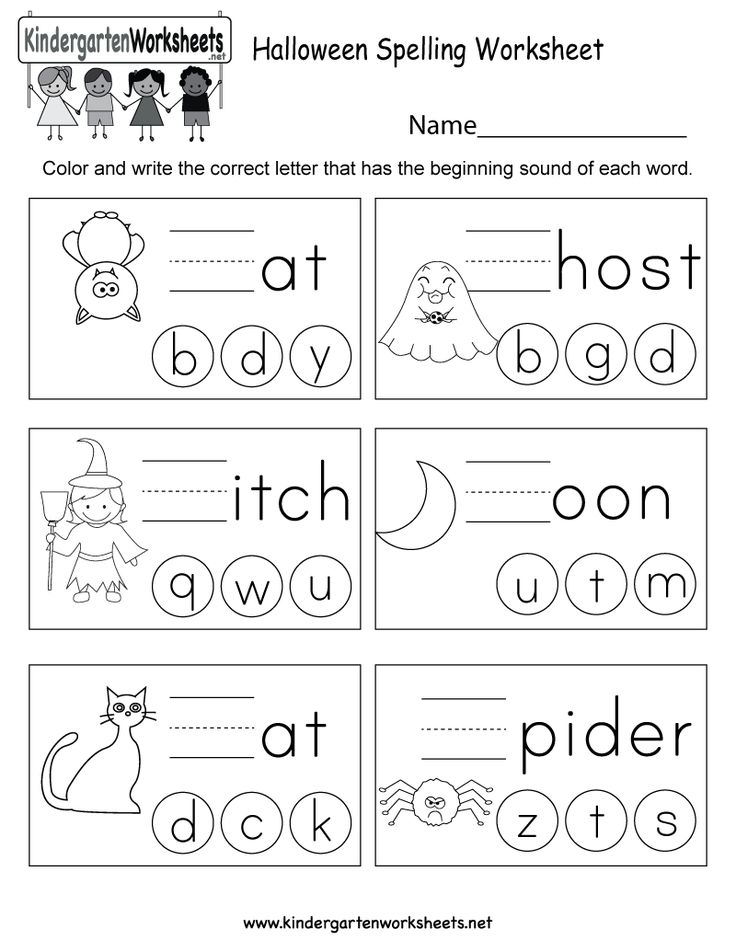
About ten years ago, Maria Vladimirovna began to get used to being an author and editor of books and newspaper articles, and soon she became the host (together with V. Bukatov) of the most popular page "Direction of the Lesson" in the country's main teacher's newspaper - "First of September". nine0003
And now in Russian pedagogical journalism the name of Maria Gankina sounds like a symbol of special cheerful wisdom. The one that allows you to perceive the dotted lines of pedagogical coordinates with the necessary ease and optimism - and at the same time with delicate respect for that thin “cultural layer” of domestic pedagogy that has been developed by thousands of the best people in the country and continues to be created around us by our colleagues, despite all the sorrows and the difficulties of the environment.
Let the "medicines" from this wonderful "first aid kit" - details and nuances, precisely calculated techniques and experience of intuitive design of methodological solutions, momentary discoveries and unexpected resurrections of long-familiar truths - be useful to you, dear reader, more than once. nine0003
nine0003
Andrey Rusakov
Chapter I. Emergency for "literates". Six radical remedies for "congenital illiteracy"
The first remedy. Walks in the spelling garden
I never cease to be amazed at how dense this place in Russian orthography turns out to be for a writing person - an unstressed vowel at the root. Even among high school students, no, no, yes, and there will be some shameful aged, ordered or 0377 . Apparently, at one time, adults ignored the game "vaccination", not giving the child the opportunity to play enough with the root.
Root herbarium
"Herbarium" (the more accurate word "root" has not taken root with us) is a small notebook or half a notebook (but not just another ordinary school notebook!). A herbarium is actually a collection of plants, while we have whole trees. Piece by piece on every page.
Such a tree grows from a root, and a list of Russian roots with an indication of the page on which the tree corresponding to the root grew is on the last page of our root herbarium.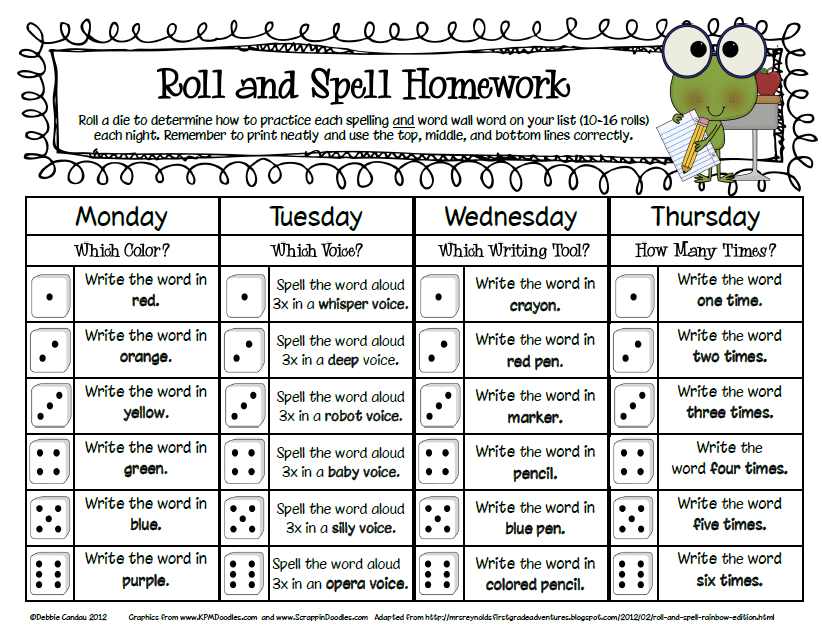 nine0003
nine0003
The number of common Russian roots is quite enumerable. Over time, we compile a whole dictionary of roots. The lexical meaning of most of them seems to be recognized intuitively. As an adult, yes. But the child needs, as they say, to turn Russian roots in his hands.
Even such a powerful tool as a test word is not enough for a child. First, you need to know how to use it. And then it happens that the word veteran check with the wind, freeze - in a word peace, great - in a word hello, and to break - in a word to break.
And then: so what, what did you pick up the test? In the next line, I made the same mistake again. You need to somehow keep the whole nest in your head. Nest, bush, family, tree - choose the image to your liking. We have a tree, because it happened that way. Because the very first time we approached the herbarium from afar. It was the start of third grade. nine0003
At the beginning we tried to draw a family tree.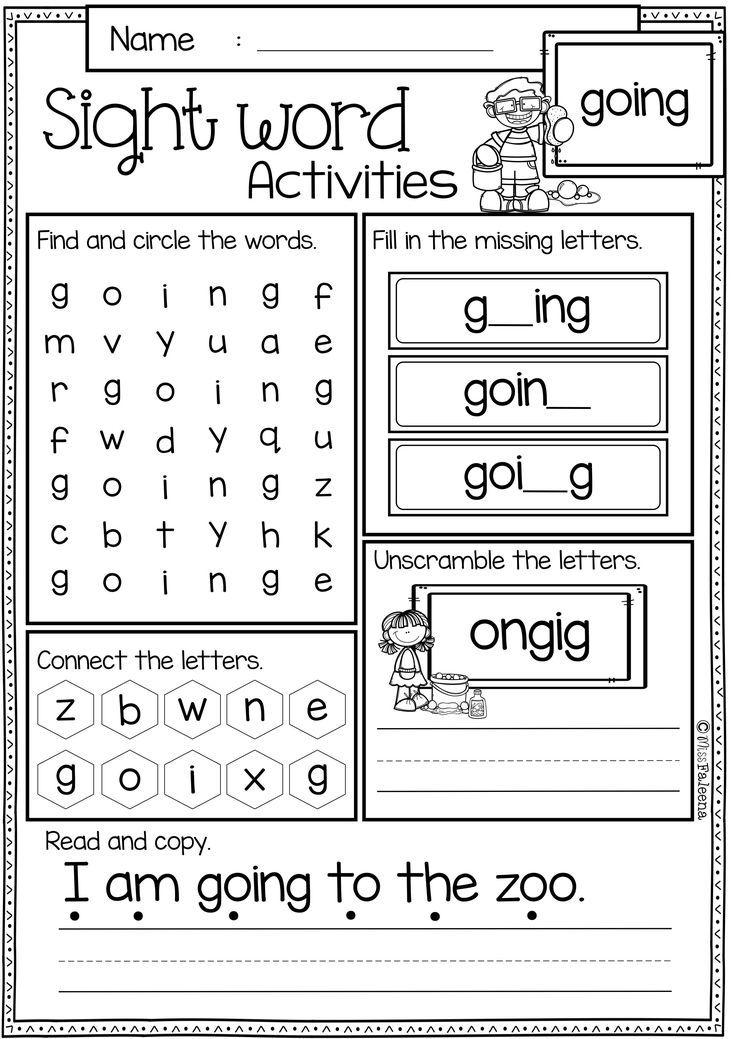
Then a real tree appeared - almost life size. It was cut out of thick cardboard and painted by the whole world, and then it stood in our classroom for almost half a year. From time to time, a new Russian root was pinned to its rhizome with a pin, and the tree was overgrown with another foliage - words of the same root, which the children wrote out on pieces of paper and attached to the cardboard branches with their own hands. Of course, there were misunderstandings: every now and then some kind of “cucumber” appeared on our “baobab” - as the children said, “the word is not from here”, “foreign”, “only pretends to be a relative”. nine0003
And only after all this, each of the guys got a personal collection of roots - a herbarium, which was constantly replenished with new trees.
A fragment of a student's "herbarium"
Rules for the collector
The collector must follow special rules:
2) such word forms are preferred when the vowel in the root is unstressed; nine0003
3) in each word that has grown on a tree, it is necessary to mark the root;
4) The root as such, pinned in the area of the root system of the tree, should be written in large and bright colors.
The rest is up to the collector's imagination. Our Central Russian nature has never seen such exotic plants, which now and then appear on the pages of student herbariums.
With each new tree, the list of roots on the last page of the herbarium is replenished. Only now the root is also provided with a corresponding illustration. Each of the students is an artist himself, he comes up with how to embody the lexical meaning of the root in the drawing. For example, next to the root - yes - ( give ) they write “on!”, And on the root - yes - ( press ) draw a boa constrictor. With the root - weight - , there are various scales nearby (or three fat men - themselves or the name of the book). Well, next to the root - vis-, alas, a good-quality gallows often flaunts ...
Who gets off with symbols, who writes out battle scenes - everyone tries to say with his illustration "what" this or that root is about.
Job options
But now the house is given to draw another pair of trees, for example with roots - single - and - kaz-/-kazh .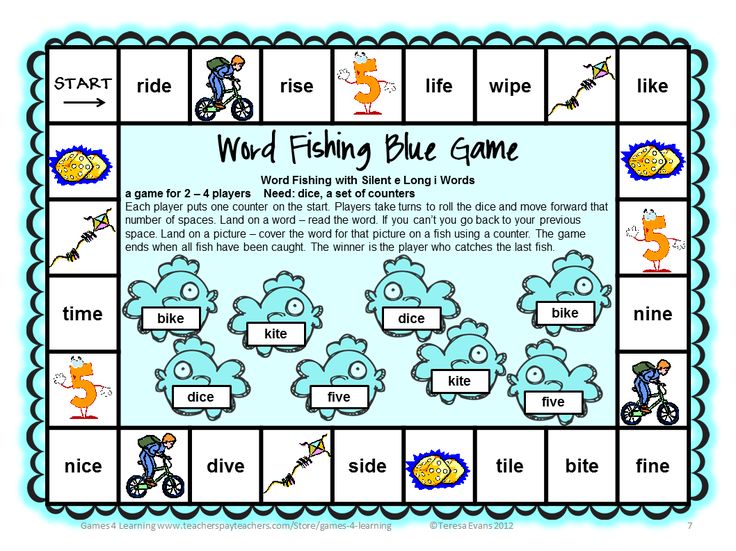
Even at recess, the guys put chairs in a circle - they are used to a five-minute verbal warm-up. Beginning of the lesson. The guys sit in a circle with herbariums open on the right tree. In a certain rhythm, which I beat with my hands, they pass their notebooks clockwise (or counterclockwise) (there is a similar exercise in theater pedagogy). Hop! The direction has changed. Stop! - and in a circle everyone reads the word with the root - single - (or - kaz - / - each - ) from the herbarium, which at the moment was on its knees.
Thus, not only wonderfully interesting words with these roots are voiced ( duel, unicorn, clerk ), but also “cucumbers” ( eaten, gray hair, Cossack ). The latter, however, the guys protest by raising their crossed arms.
Sitting down at their desks, the guys in a minute (I use a stopwatch) add to their tree three words they like from those that have just sounded. You can limit the range of words to be read, for example, by some part of speech, and then the guys will rush to write down exactly the verbs or participles (why not “repetition and consolidation of what has been passed”?).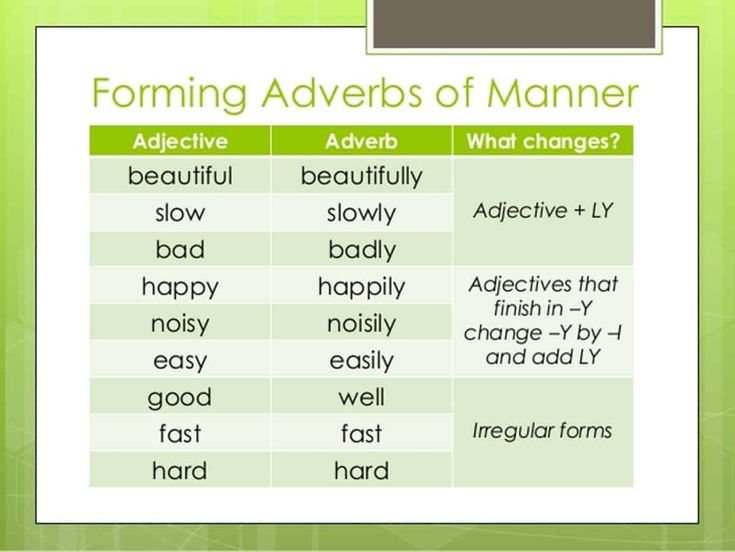 nine0003
nine0003
And I am glad that I managed to once again draw the attention of my students to each other: maybe someone was surprised by an interesting word and looked at its owner with curiosity?
From time to time we arrange blitz dictations - one word from each tree. At the same time, I do not necessarily dictate.
Or the following task: write as many words as possible with the given root in one minute.
Know by sight
One way or another, the root becomes recognizable everywhere, even in words that children have never met before. They just, as they say, know him by sight. And they do not need to feverishly look for test words. After all, the insidiousness of these very words is known, and I don’t want my children to begin to “check” the roots with vowel alternation. This happens all the time, and not just in elementary school. And in general, for many students, regardless of age, attachment to the test word is downright painful. And what is this word? How is it arranged? What exactly checks? .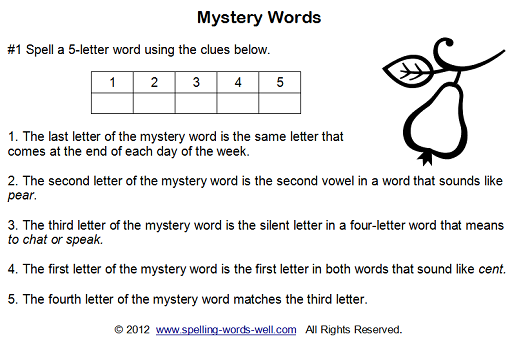 .
.
Or the infamous "11 Exception Verbs". Same story with them. Most students drum them out by heart as soon as they hear the word "conjugation". And what are these verbs? Why are they exceptions? And, most importantly, what are the exceptions to? At best, they say: "From the rule." From what rule, good gentlemen?
Even high school students sometimes fail to detect the root, the word flutters alone in their heads: no family, so to speak, no children. In such cases, I include a herbarium in the work, and, imagine, it has never let me down. (Our dictionary of Russian roots, collected for the period from 3rd to 5th grade, see didactic materials: http://6url.ru/jhLx.)
The second remedy. In an atmosphere of friendship and mutual… darning
Is it possible to casually reveal the validity of hateful rules during Russian language lessons? Preparing for an exam in the Russian language - and at the same time not cease to be surprised and rejoice at the same Russian language?
An even greater rarity in class is conversation.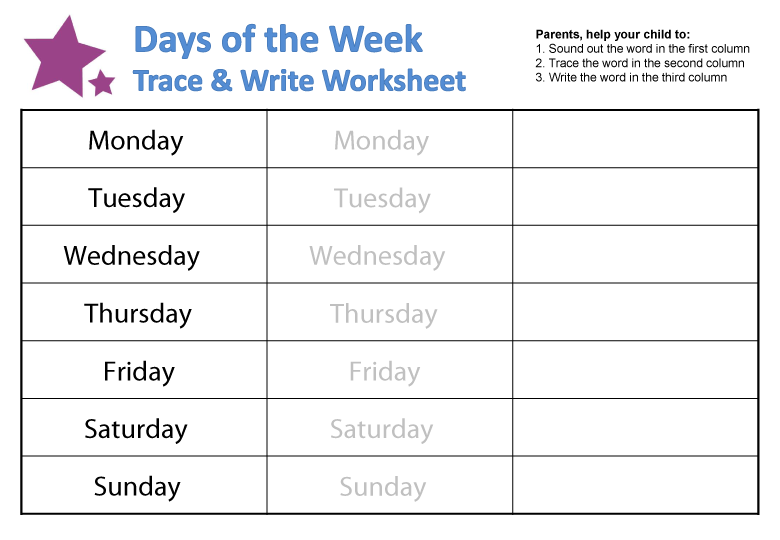 Not a discussion planned by the teacher, but a normal live conversation between students. Not about a new mobile phone, and even more so not about smoking at a break. But on business. According to the material of the lesson. nine0003
Not a discussion planned by the teacher, but a normal live conversation between students. Not about a new mobile phone, and even more so not about smoking at a break. But on business. According to the material of the lesson. nine0003
And all the time I was concerned about how to arrange these meetings for the guys - meetings with each other, meetings with the subject (and at the same time, so that it would not be boring). After all, this, perhaps, is our most important pedagogical task.
Leaky text
What is called “insert missing letters” in Russian language textbooks, we call it “darning holes”.
Of course, these same "holes" are in the exercises of the textbook, and in didactic materials on the Russian language, in various workbooks. But all these holes - someone else's, not of their own making, were imposed on the student by the authors - various smart uncles and aunts. But darning the holes of a neighbor on the desk, which he did in his “manuscript” with his own hand, is already a more interesting activity. Then the neighbor - so that he does not get bored at this time - must be offered something in return. nine0003
Then the neighbor - so that he does not get bored at this time - must be offered something in return. nine0003
How to learn to invent your own holes? The idea of a holey text of our own preparation was presented to us by a wonderful Moscow teacher Lidia Filyakina.
Recipe for
Where can there be holes in the text? Of course, in "error-prone", "weak" (in the weak position of the phoneme). Where it is thin, it breaks there, right?
Vowels have their own "thin", consonants have their own. More “thin” places are where there are all sorts of signs ( ь, ъ ) and hyphens, where there is an alternative “together or separately” and the like. In the root, in the suffix, in the prefix, in the ending. Each hole is certainly some spelling. nine0003
The student takes a blank sheet and a book - preferably the one he is currently reading. From the book he chooses a piece of text to his taste - half a page. And, rewriting these half-pages on his notebook sheet, he constructs a holey text.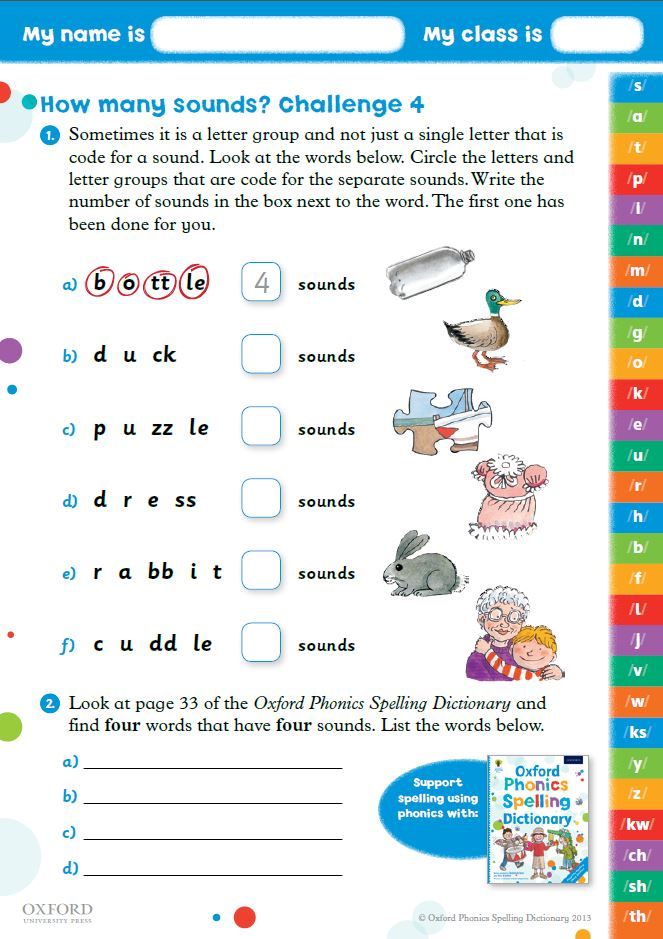
That's the agreement.
Firstly, , our motto is at least one hole in a word (monosyllabic words and obvious cases do not count).
Second , the text must be legible. Accuracy is respect for the reader of your notebook. nine0003
Thirdly, , the holes must be large enough - after all, someone will have to darn them.
The following options for making holes in the text are possible:
Fourthly , skipping punctuation marks is welcome in any amount.
And, finally, fifthly : the book from which the text was “holed” is attached. For what - it will be clear from the further story.
First, go live
So, the students' text is full of holes and devoid of punctuation marks. Most often this work is a piece of homework. The lesson begins with the students exchanging their holey texts with a desk mate (either with a neighbor in the back, or with a neighbor in front - to choose from). nine0003
So, things went well. Quickly, in three to five minutes, I have to mend the neighbor's holes - for the time being, on a live, that is, in rough outline, in pencil.
Quickly, in three to five minutes, I have to mend the neighbor's holes - for the time being, on a live, that is, in rough outline, in pencil.
General hop signal - and reverse exchange.
My notebook has been returned to me. Now I take a pen and, referring to the book, I'm really darning my text really hard. If the pencil does not lie, that is, there is no mistake, I circle the corresponding letter (sign, connection) immediately with a pen. If the neighbor made a mistake, then, having poked him into the mistake (and he, respectively, into mine), I erase it from the face of the earth with an eraser and write it in - now you can’t cut it out with an ax! - with your pen is the only correct option. I check the punctuation marks in the book. Ready. Another three or five minutes passed. nine0003
Text is like new, brand new. My dear neighbor meanwhile is doing a similar job. And since everyone is someone's neighbor, everyone works. General employment.
From a new point of view
How many different meetings did we have with the text?
When he found a suitable (to make words more difficult) piece of text in a book and made holes in it - times .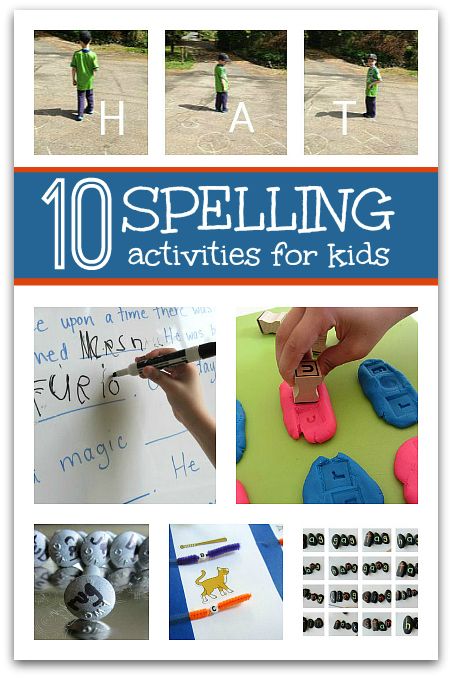
When a neighbor tugged at my sleeve: “What is your word?” - nine0423 two .
When I darned my text clean with a pen (not to mention the fact that the neighbor darned it with a pencil) - three .
And while checking, he looked at the book - four .
And, notice, each time the text was opened from a new angle of view. And with each reference to the text, different (!) Words fell into the light spot of my attention.
In just ten minutes - and how much they shoveled! And not the castrated language of training exercises, but the very one, “great and mighty”. I am sure (because I was convinced by experience) that if you pass a lot of texts through yourself like this, intuition will work for everyone. nine0003
In the student's head, the most complicated classification work is subconsciously performed. A word (phrase, sentence), intuitively assigned to any class of phenomena and subject to its laws, is no longer alone. It acquires certain habits, demeanor. And sometimes it becomes simply impossible to write it wrong.
And sometimes it becomes simply impossible to write it wrong.
Business meetings
And how many business meetings did you have with your neighbor (namely business meetings, not for underground activities)? How many times has my neighbor revealed himself to me from some unexpected side and I marveled at what I had not paid attention to before! How many times have I recognized my own in his holey text! In his successes and failures - his own. nine0003
I have a new neighbor (partner) every time. We work in situational fours (small groups), so I have a lot of neighbors: a neighbor on the left, a neighbor on the right, and a diagonal neighbor.
As for marks, please! I note in my neighbor’s notebook “the convenience of holes” (whether it was comfortable for me to insert letters into his holes) and “the quality of holes” (whether they were done for a small reason, because the more complicated the spelling, the more serious the reason).
Mark. Personal signature.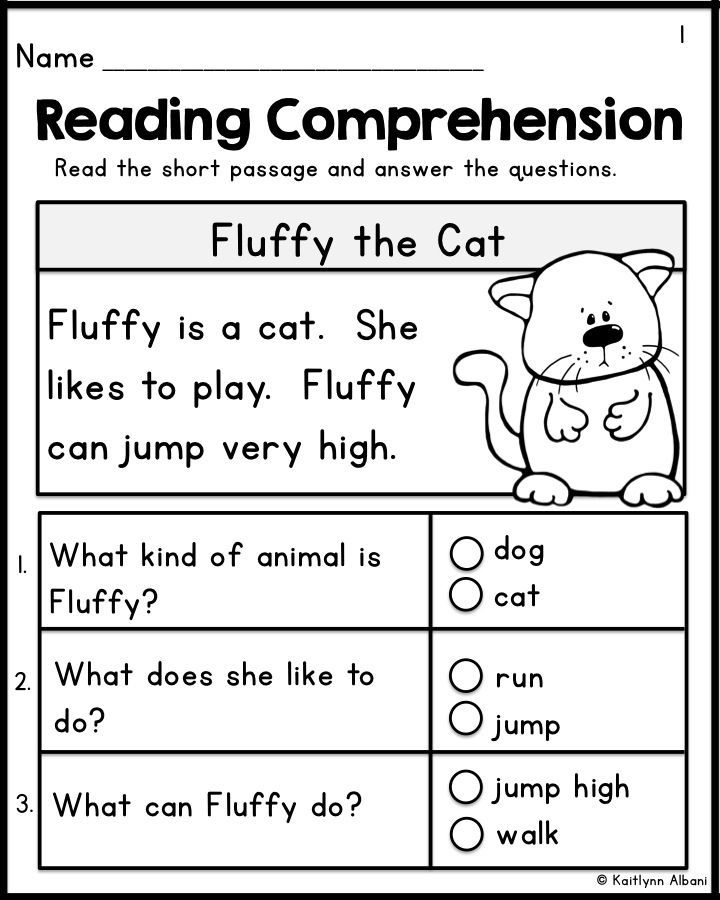 And the teacher puts these marks in the journal. Why not work evaluation? nine0003
And the teacher puts these marks in the journal. Why not work evaluation? nine0003
In class, darning can also be done as a dessert. It would be nice to carry out these darning between teams - in order to provoke children again and again into business conversations-contracts and thereby, by the way, reduce the likelihood of a mistake. "Hop!" - and the teams change places clockwise for mutual verification ...
Well, there was not enough time for darning in the lesson - you can also ask at home. It’s also good: at the beginning of the next lesson, the owner of the notebook and the darner will have something to discuss.
Fragment of a student notebook
Third remedy. Working through mistakes and inaccuracies
It is clear that, in general, students need to “work through” mistakes! But as?
The usual, accepted at school, algorithm for working on errors gives an idea of how to work with a unit of language, but does not contain ideas about how to work with a person.

